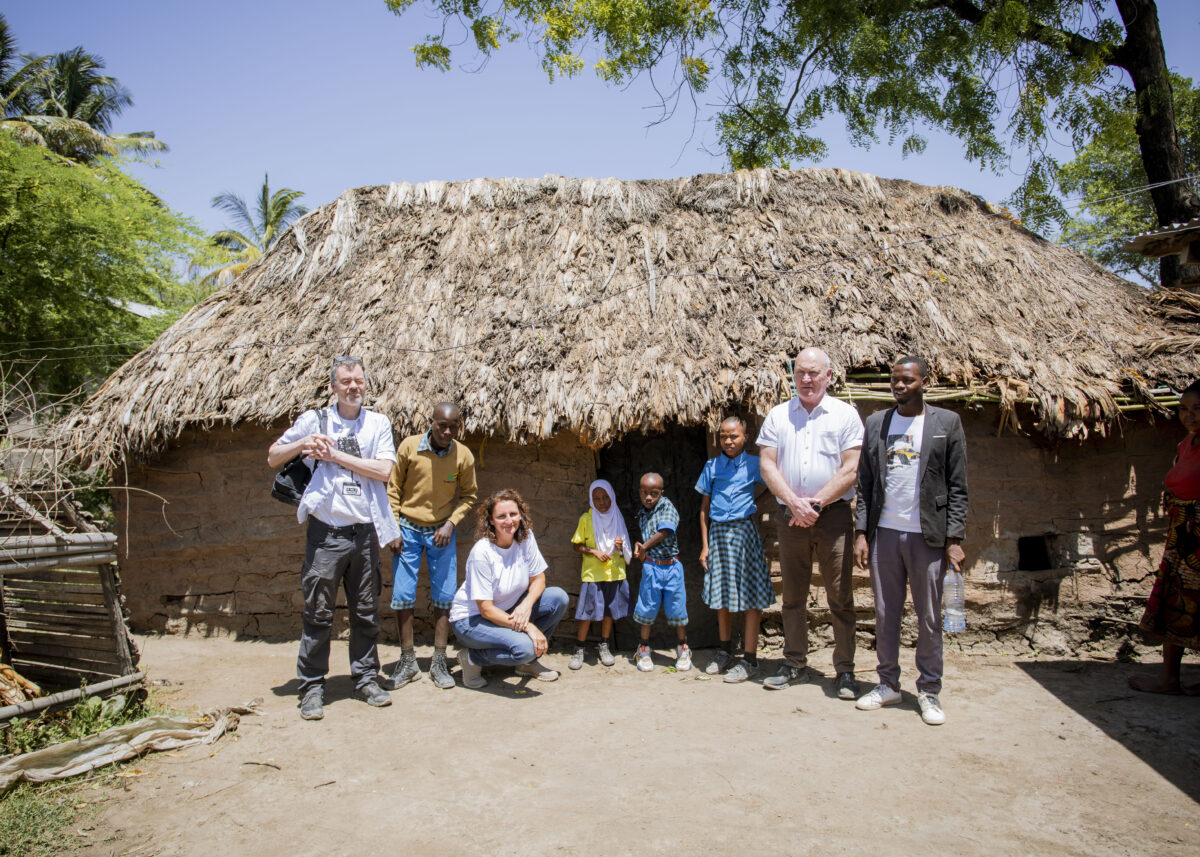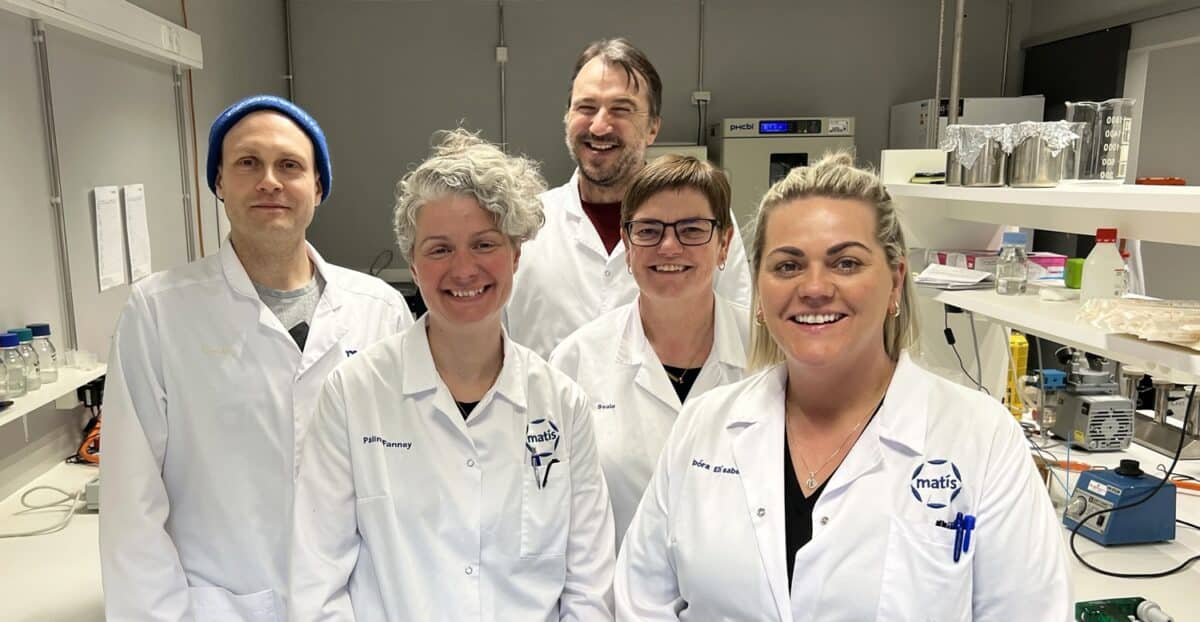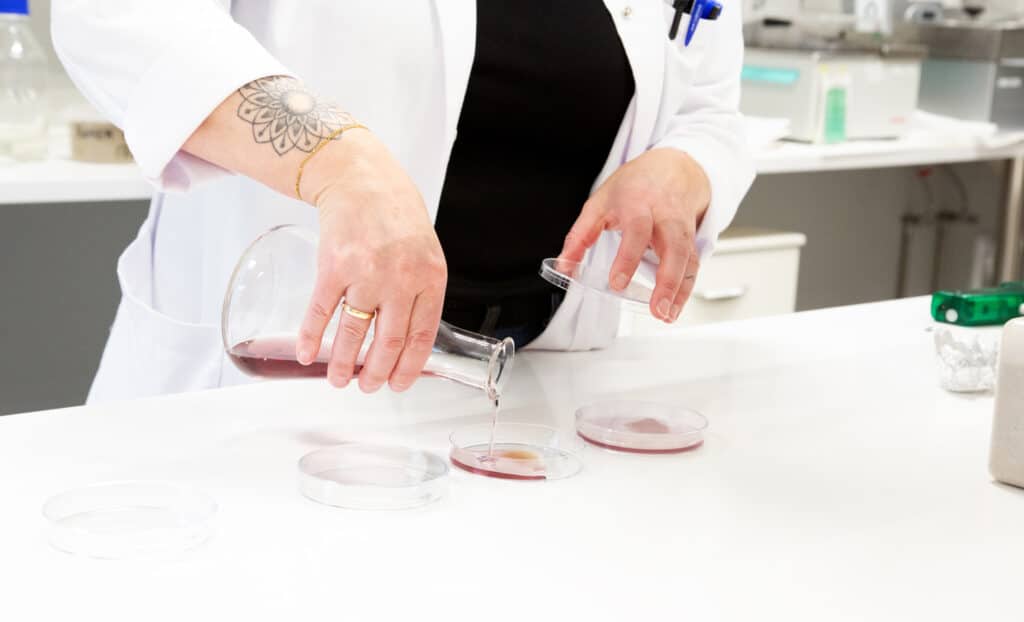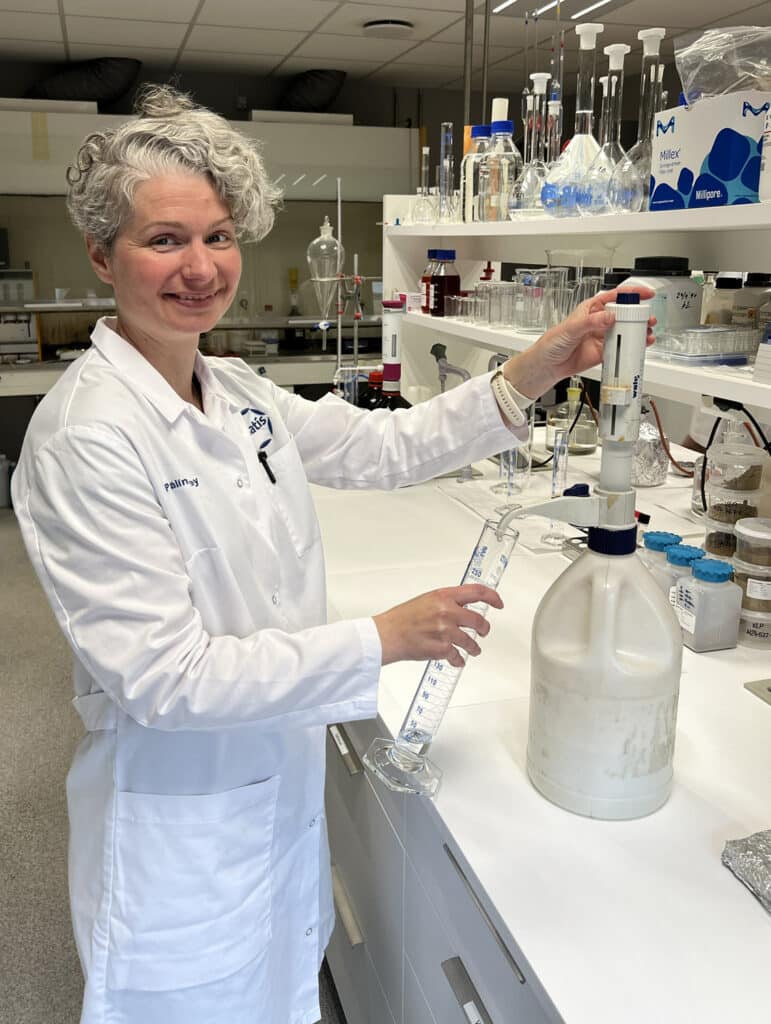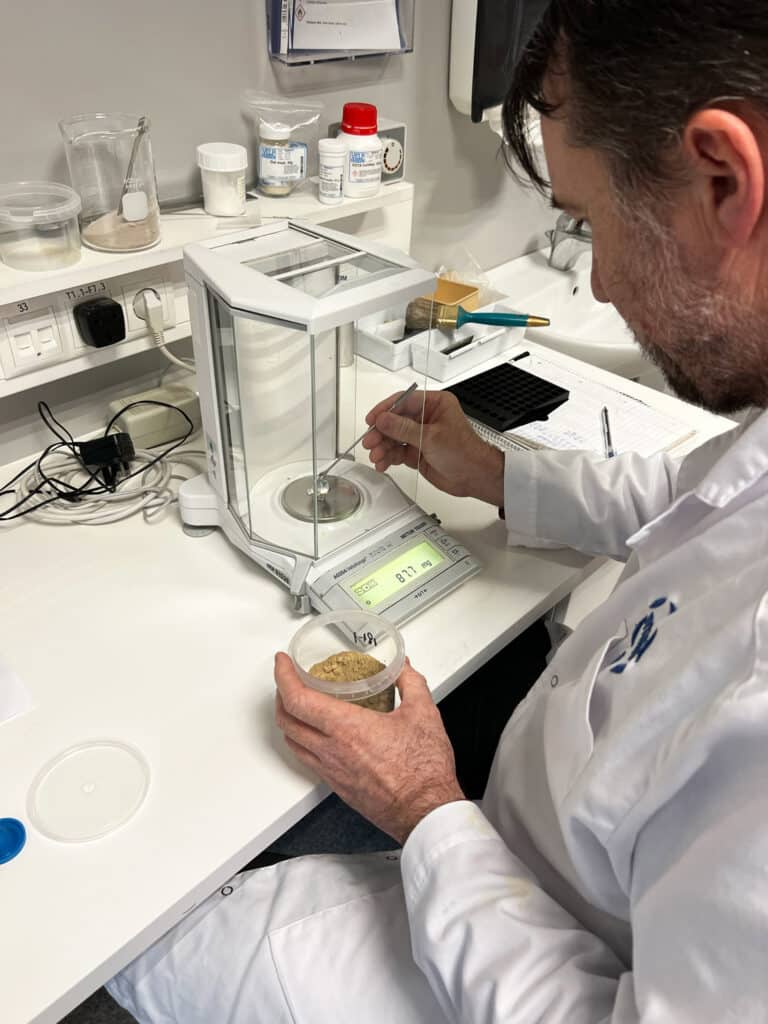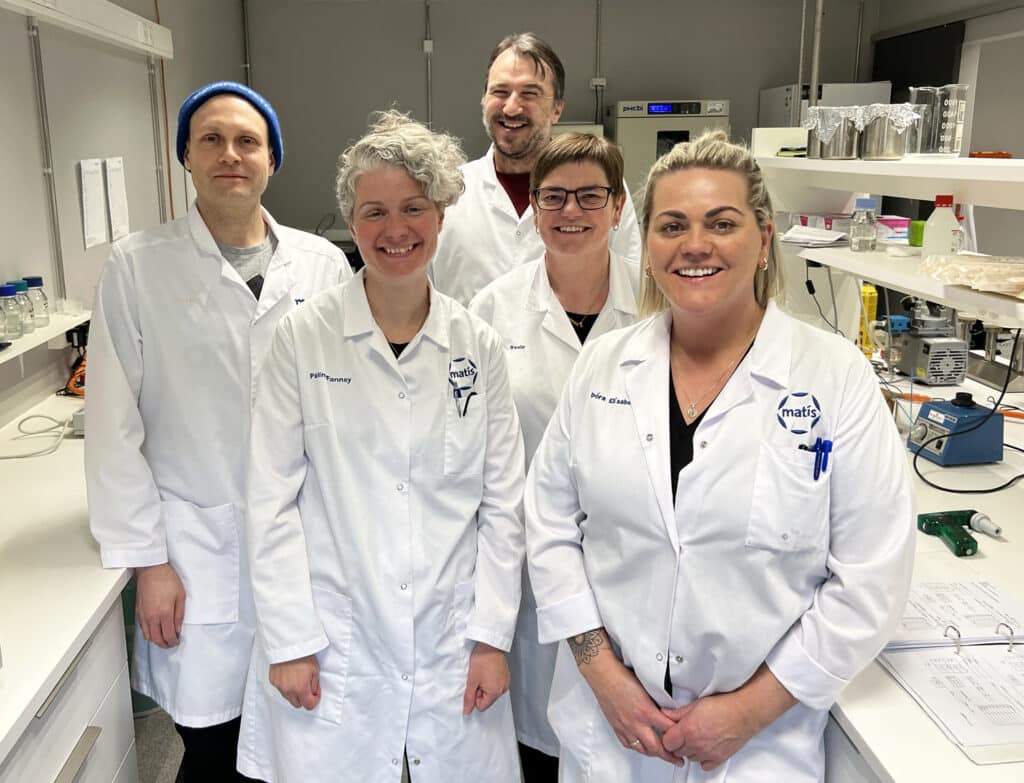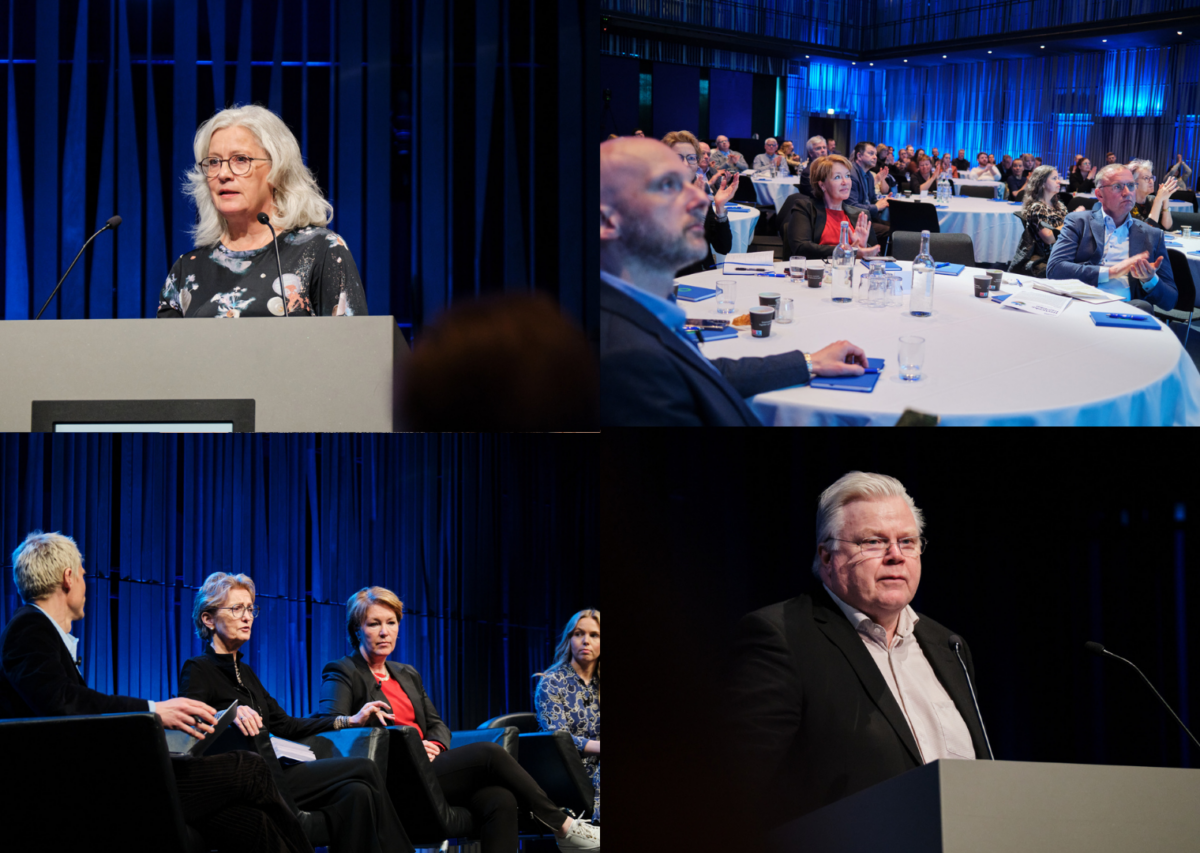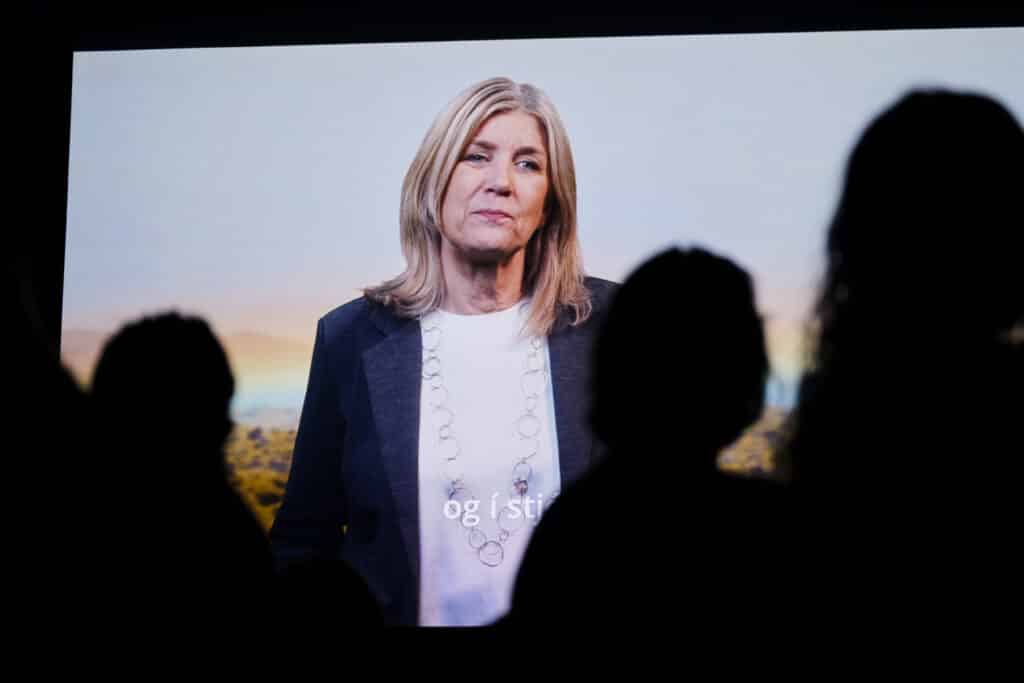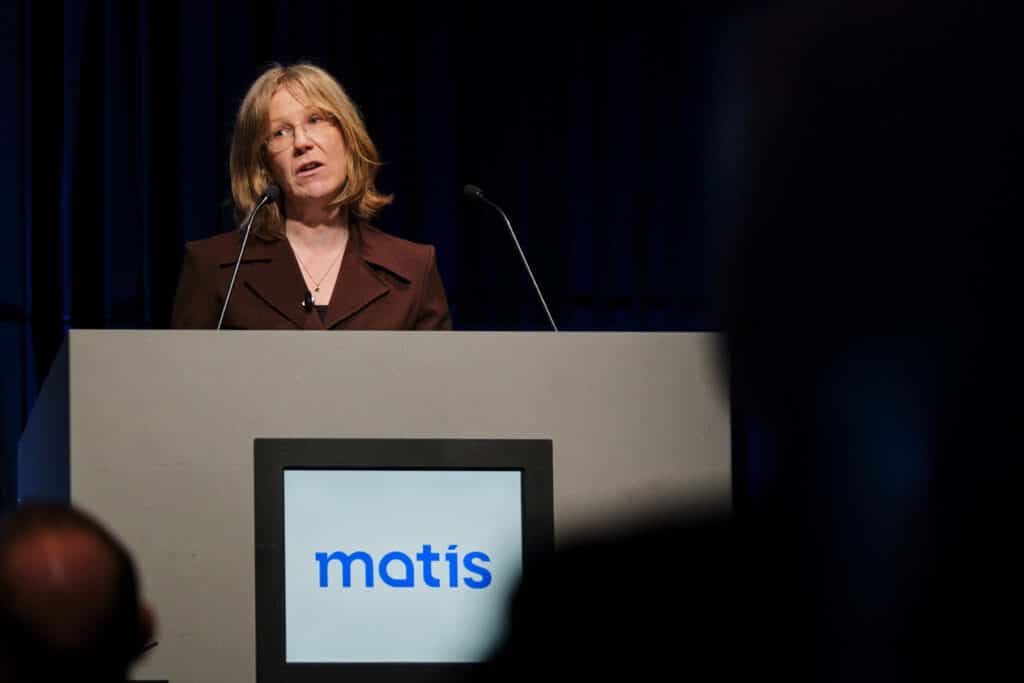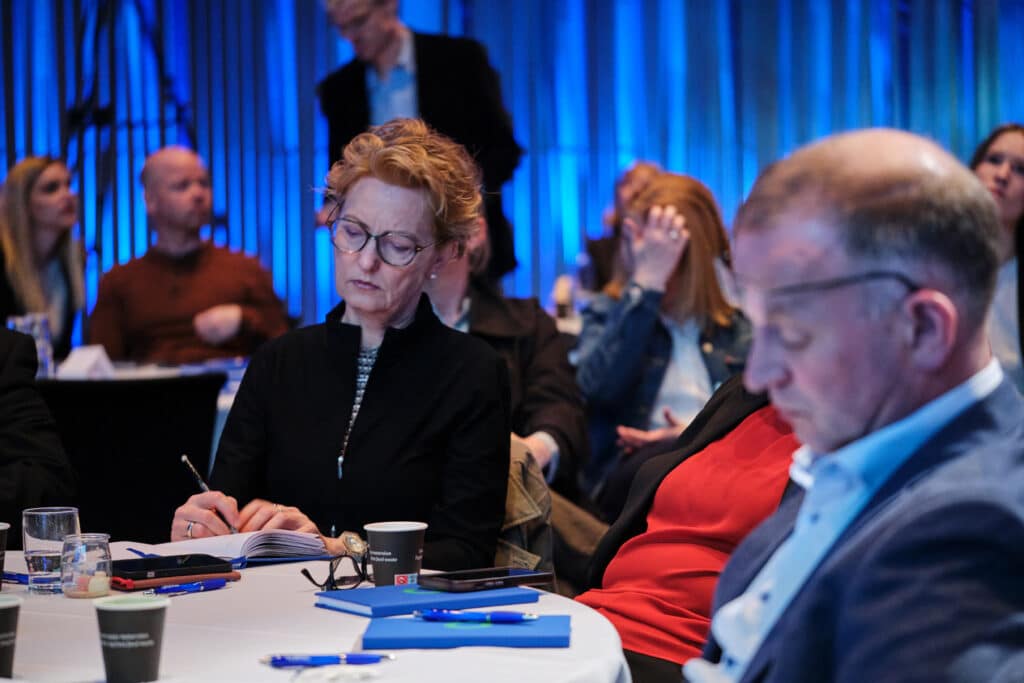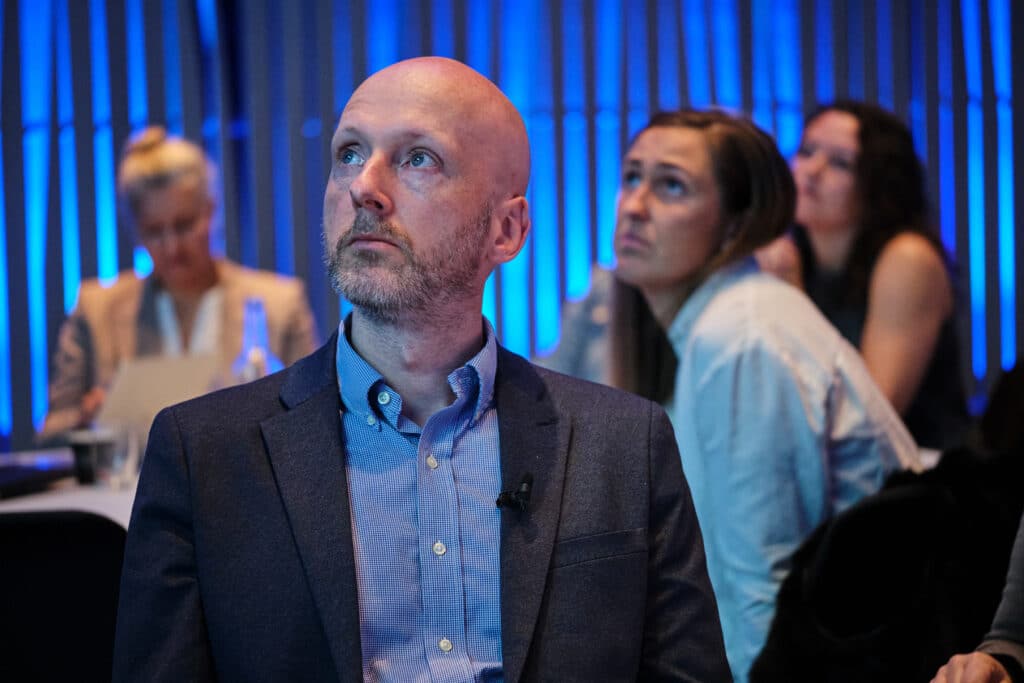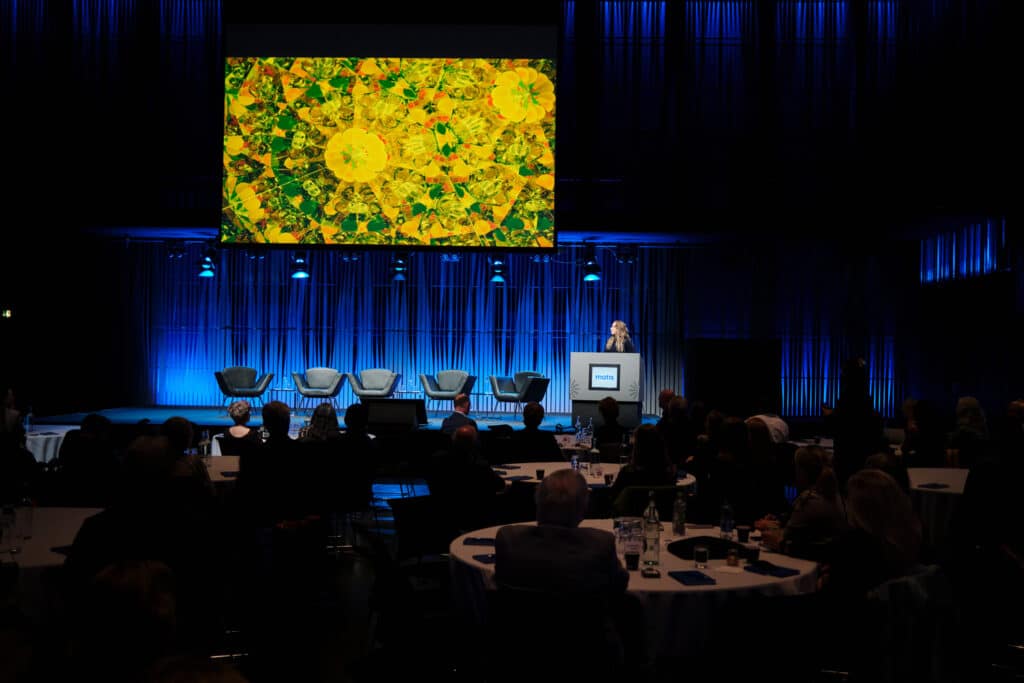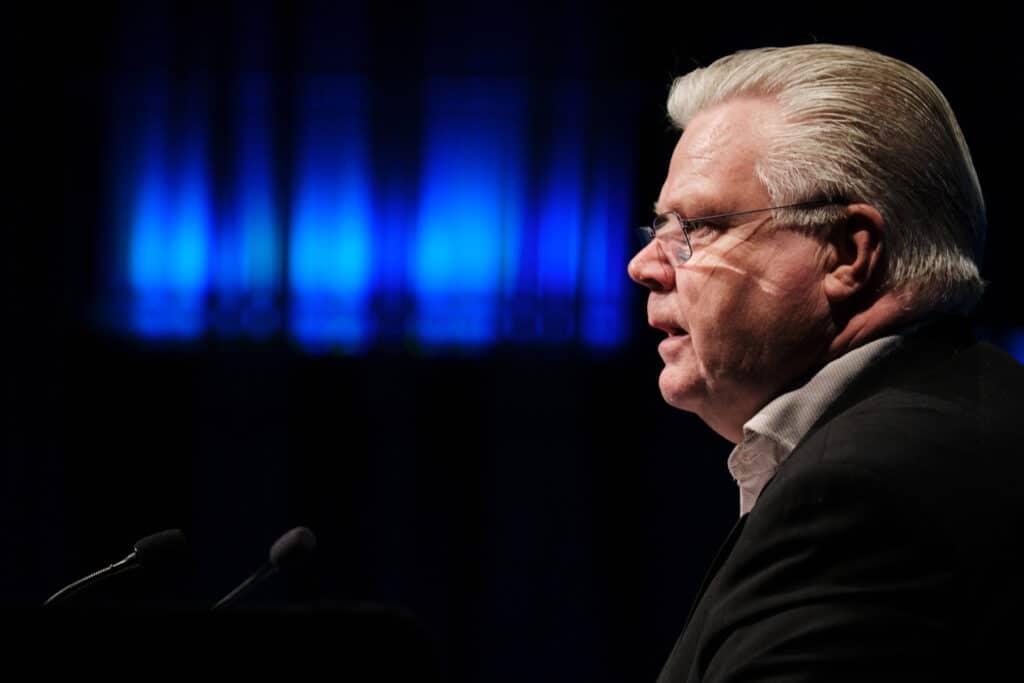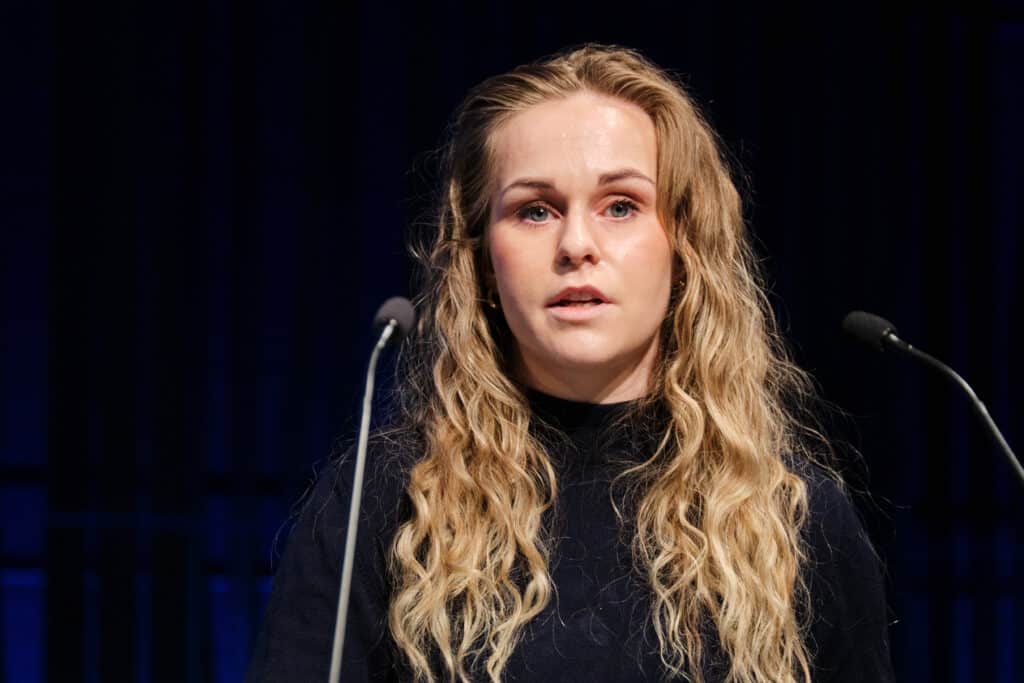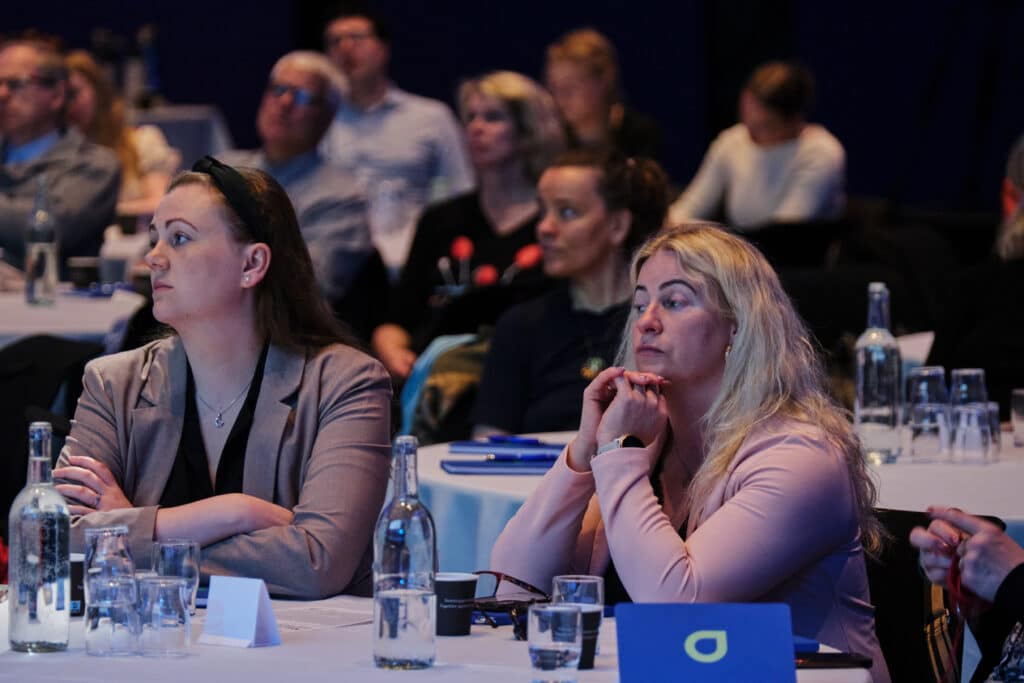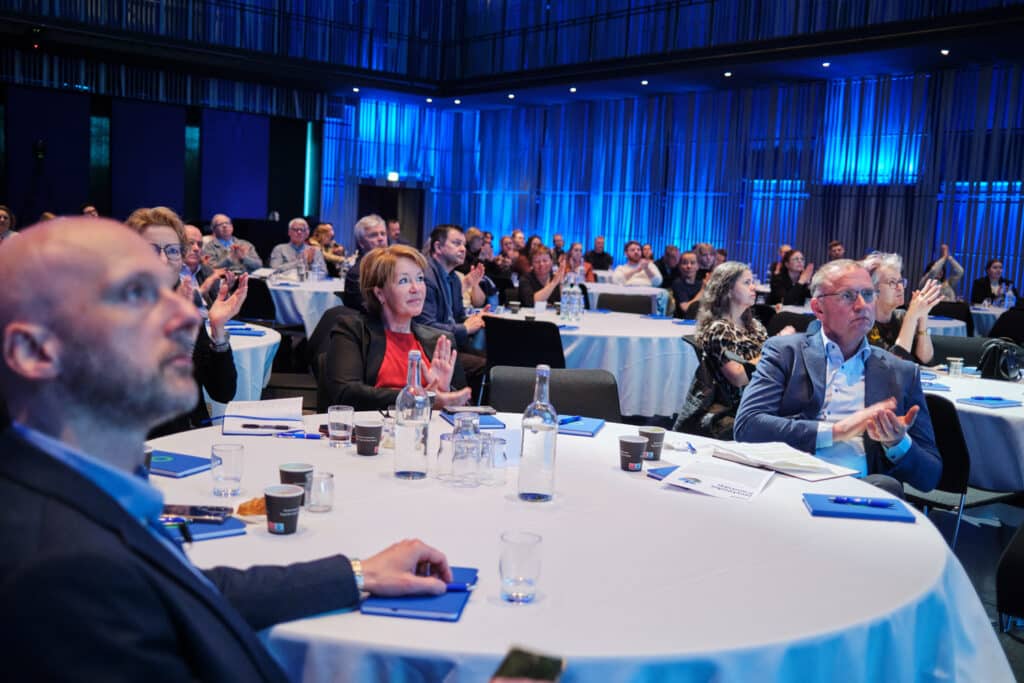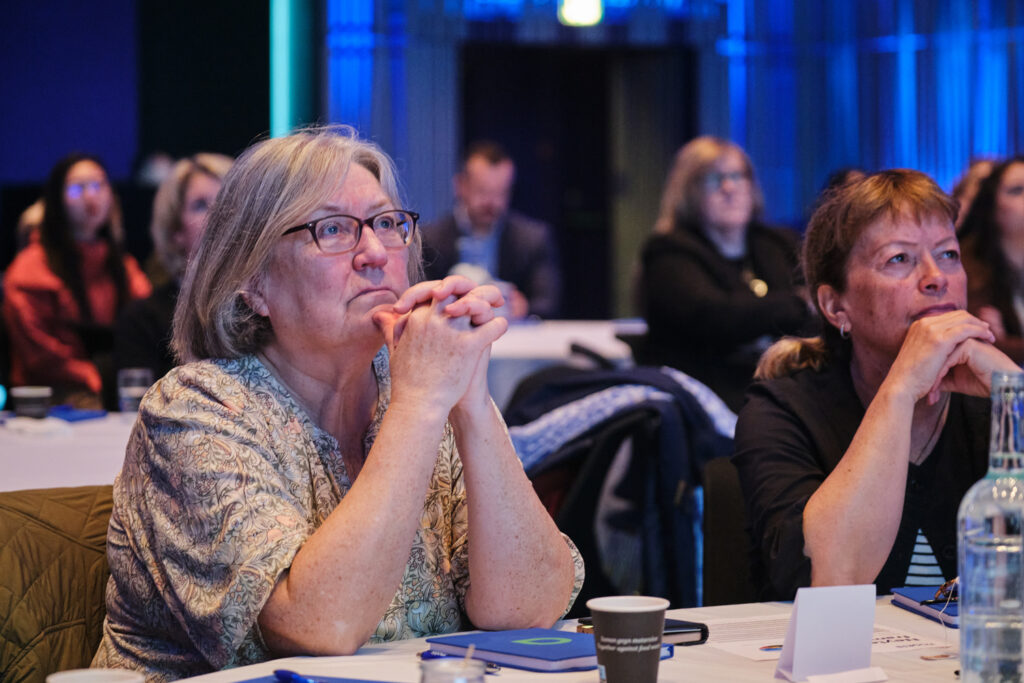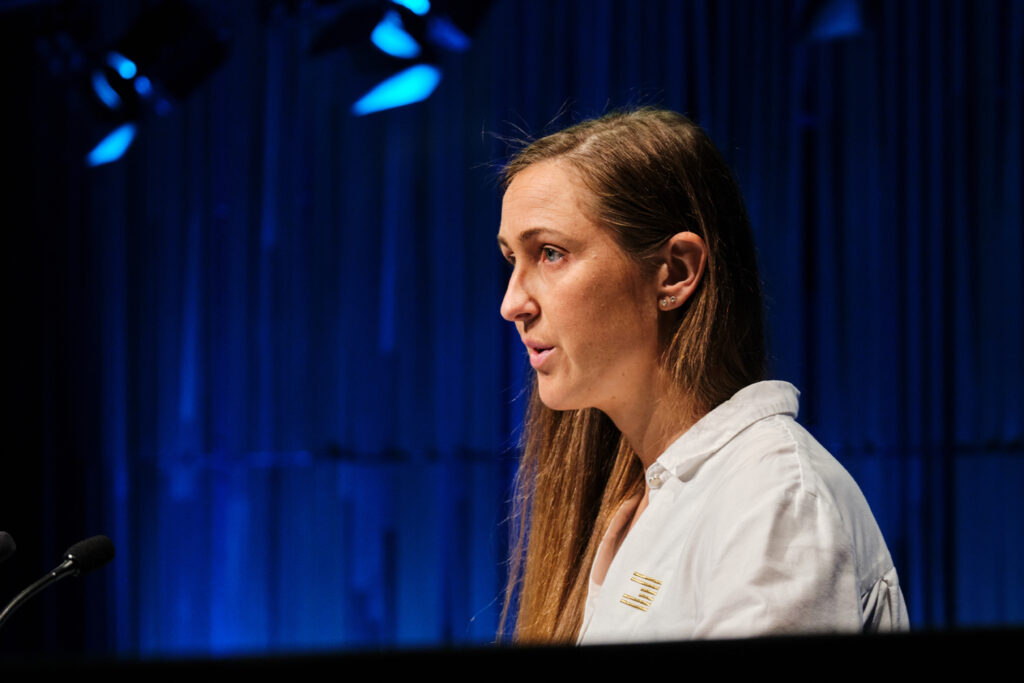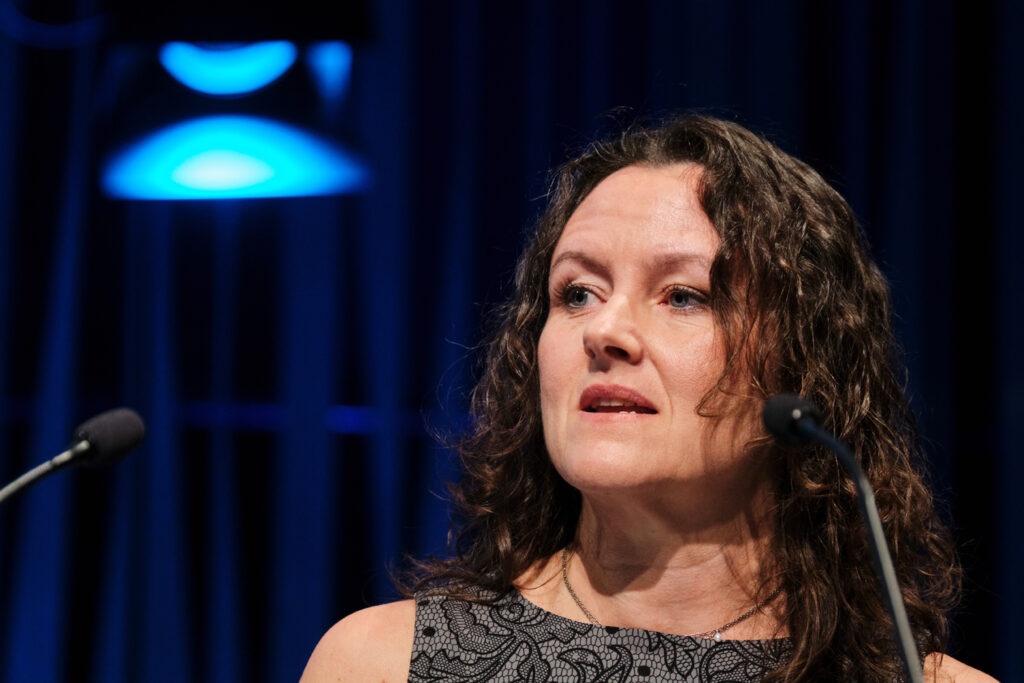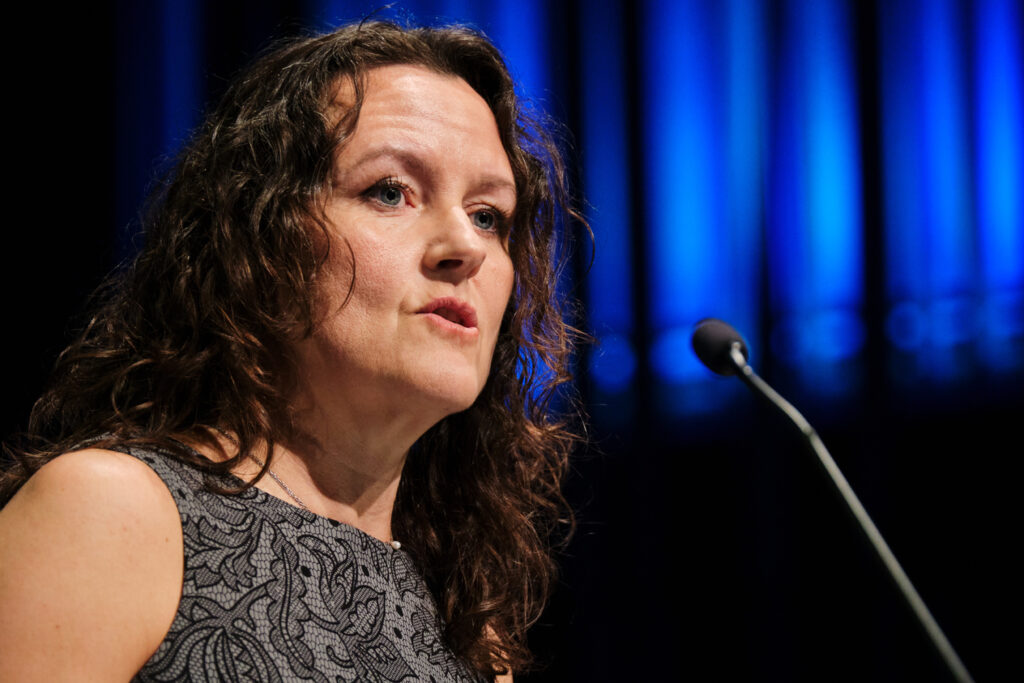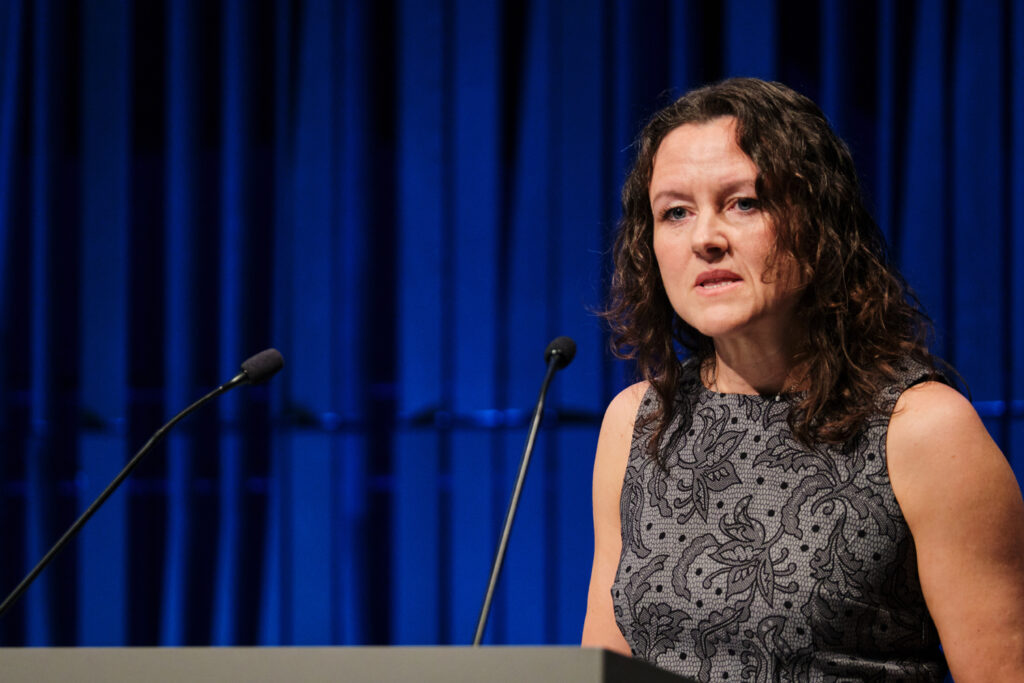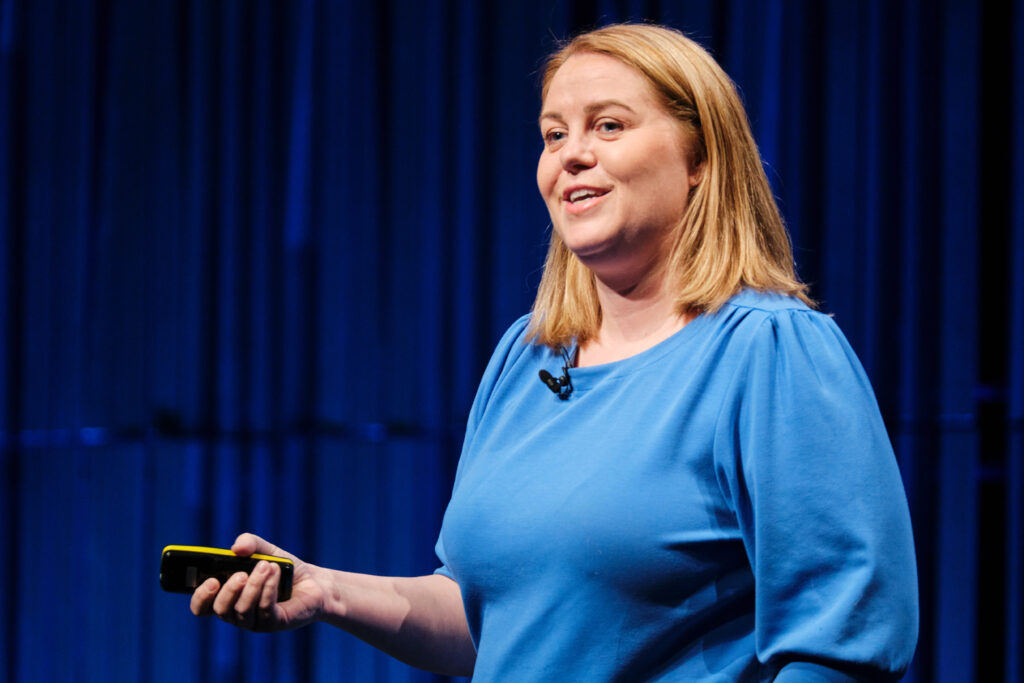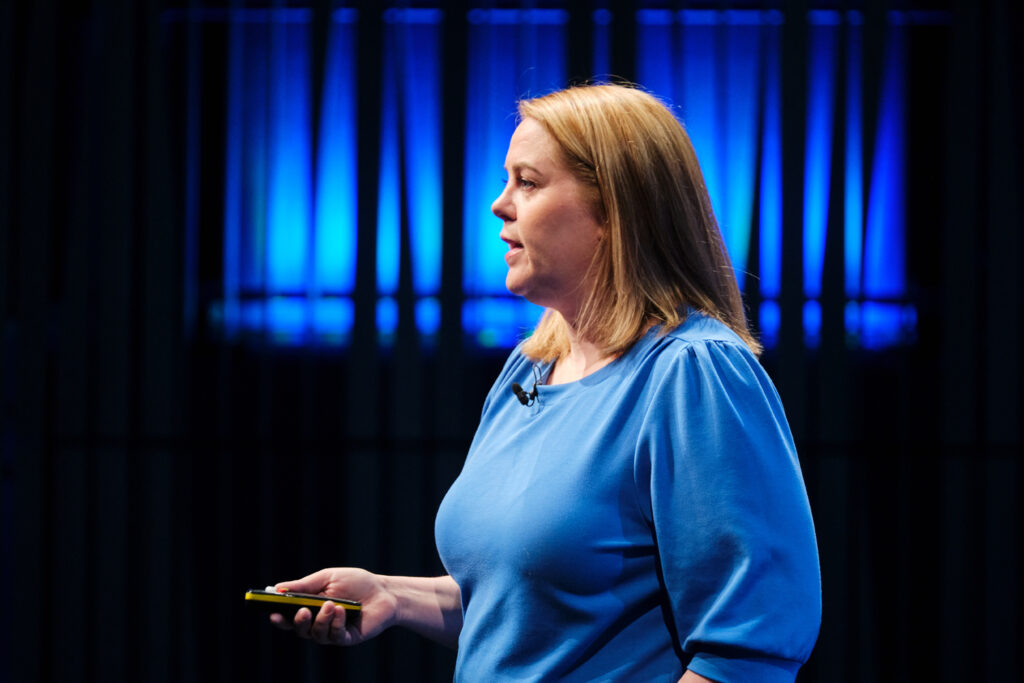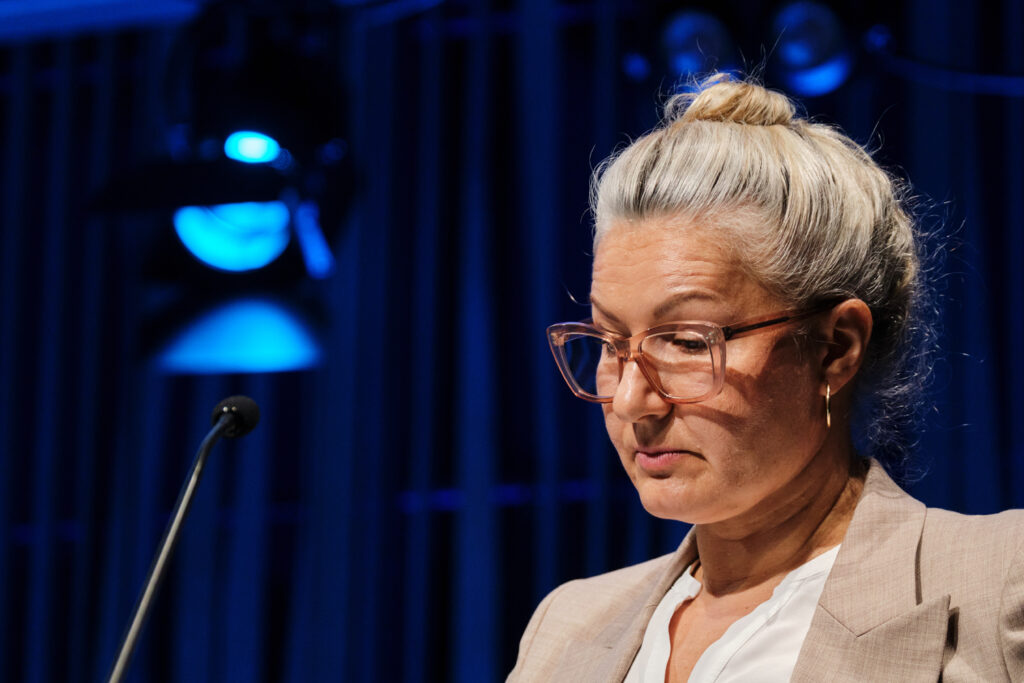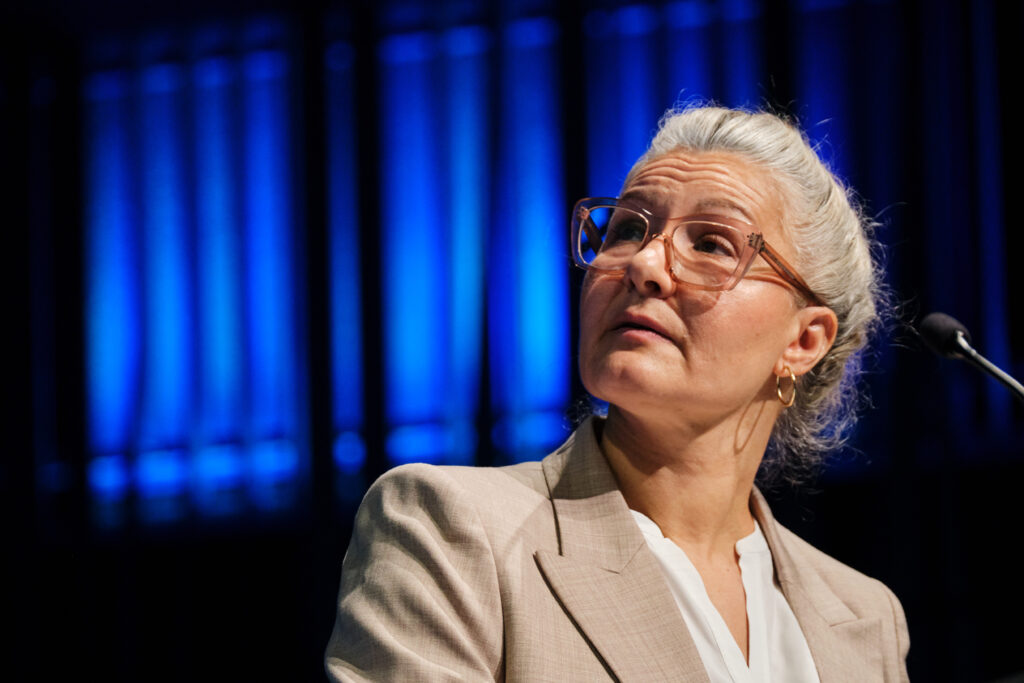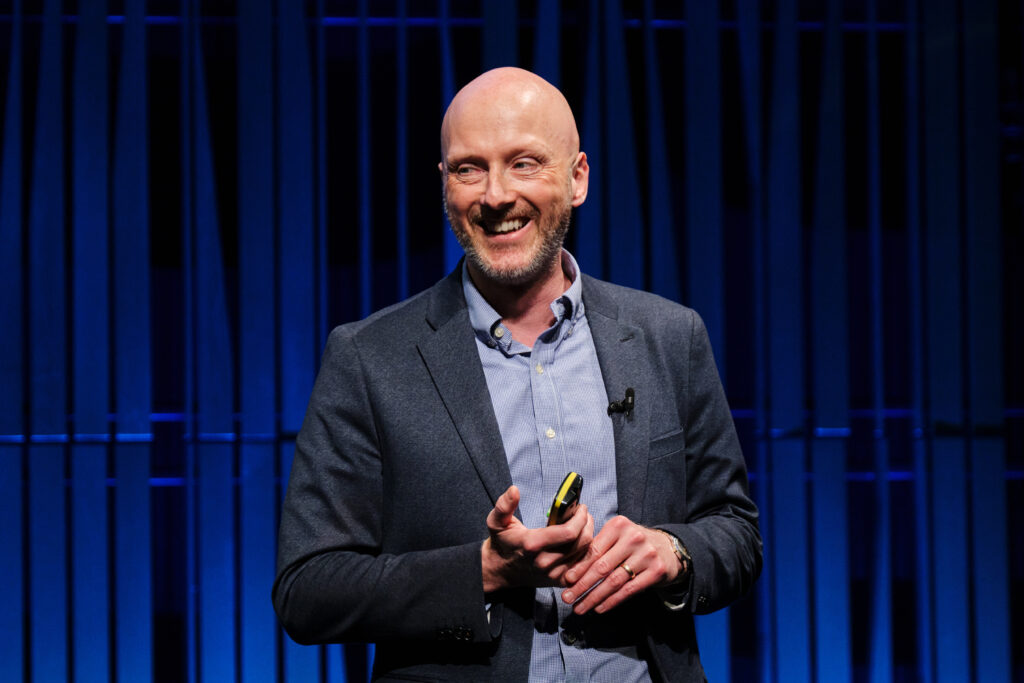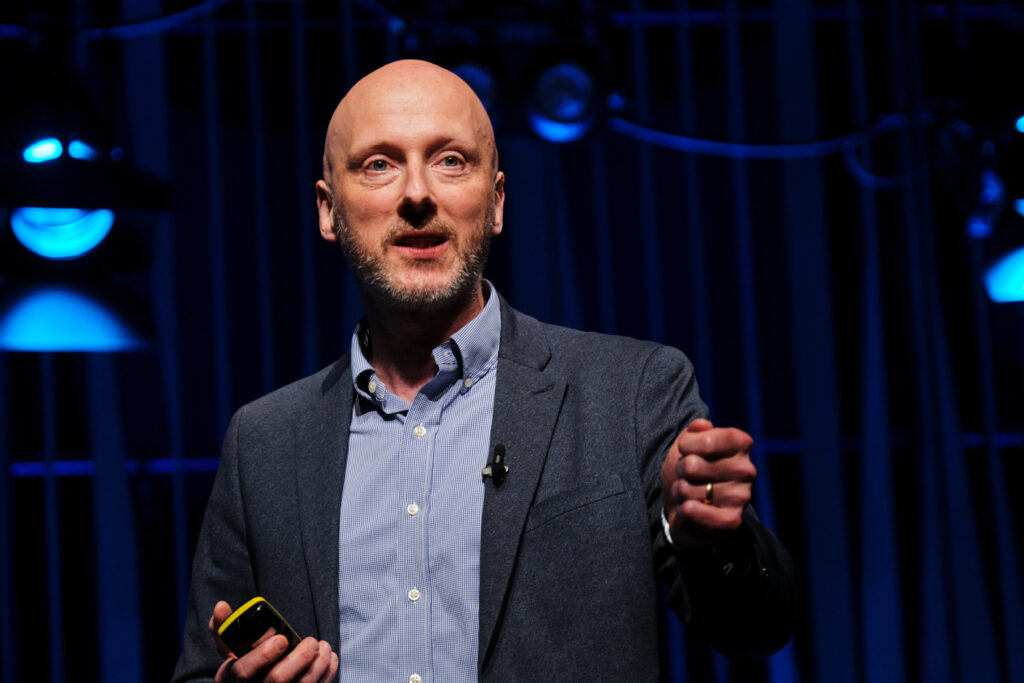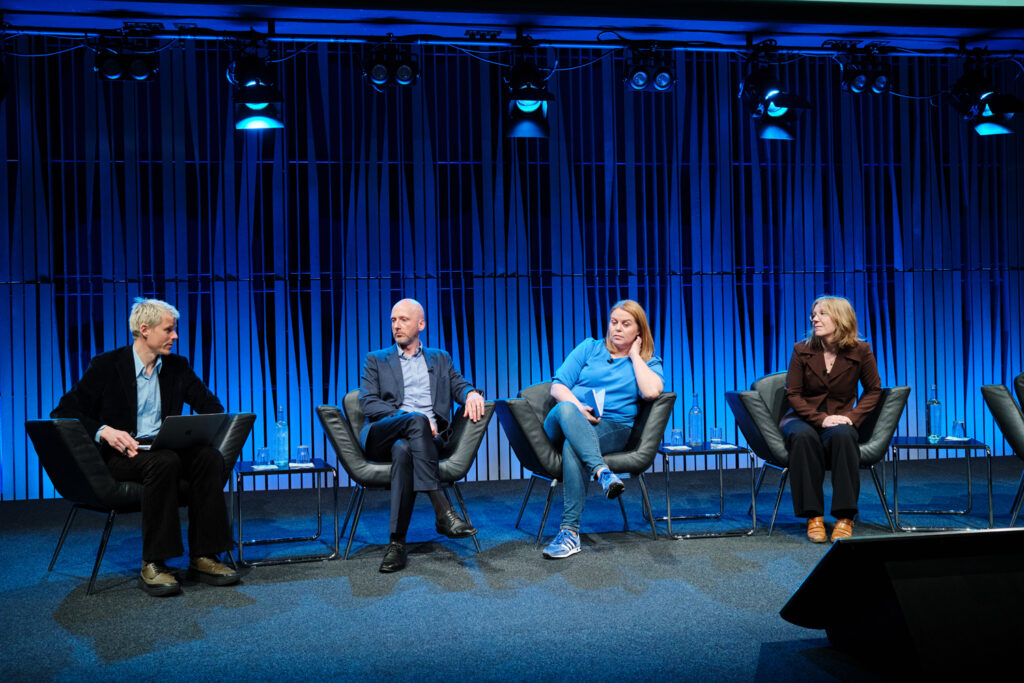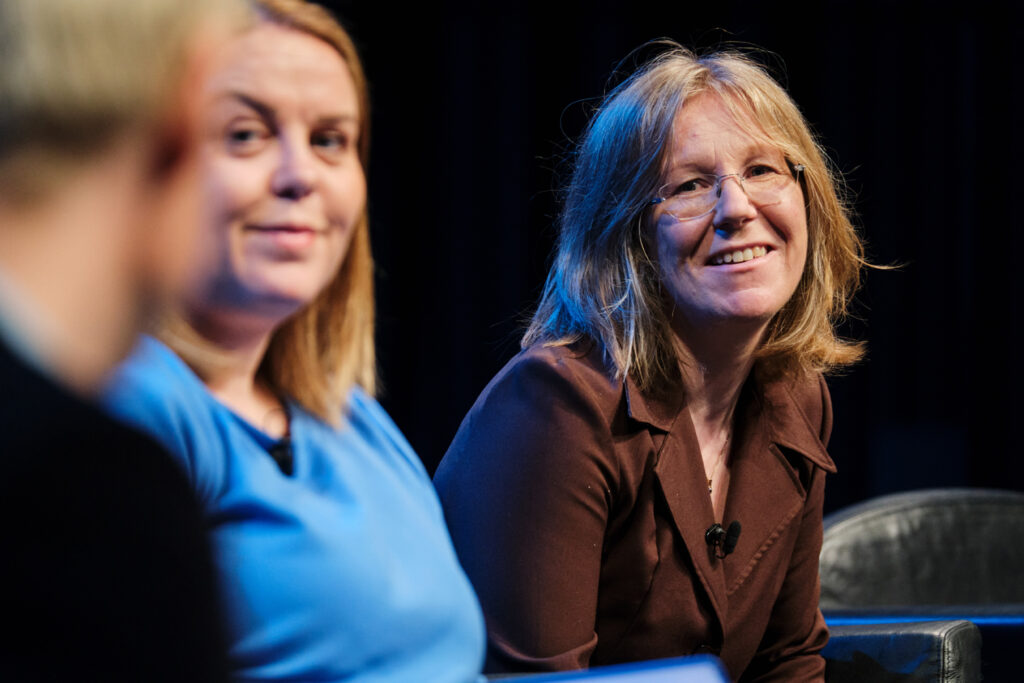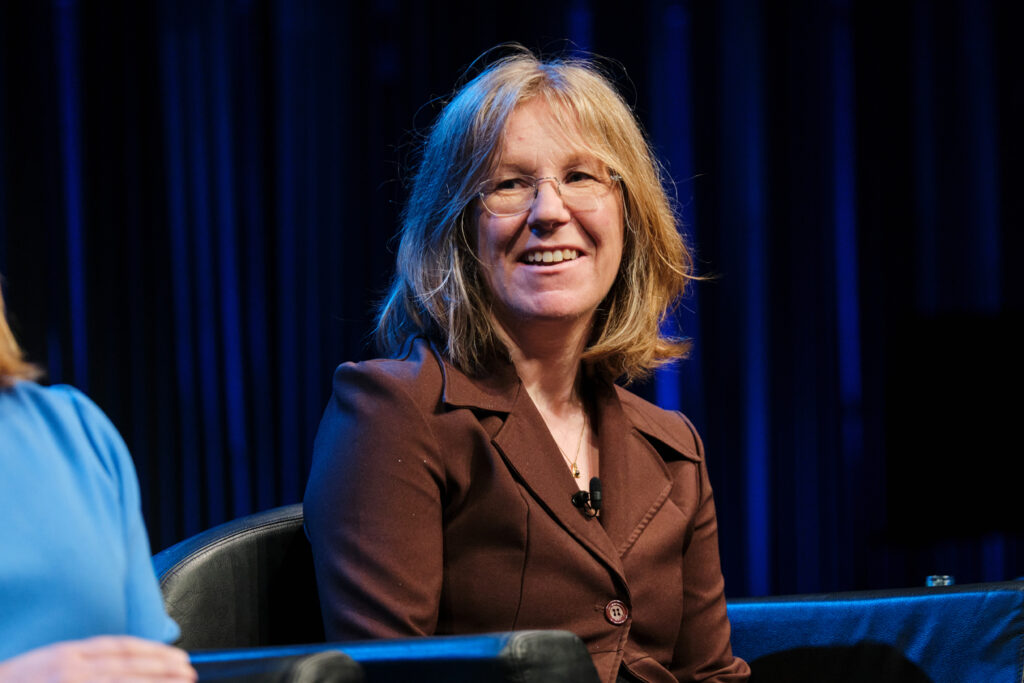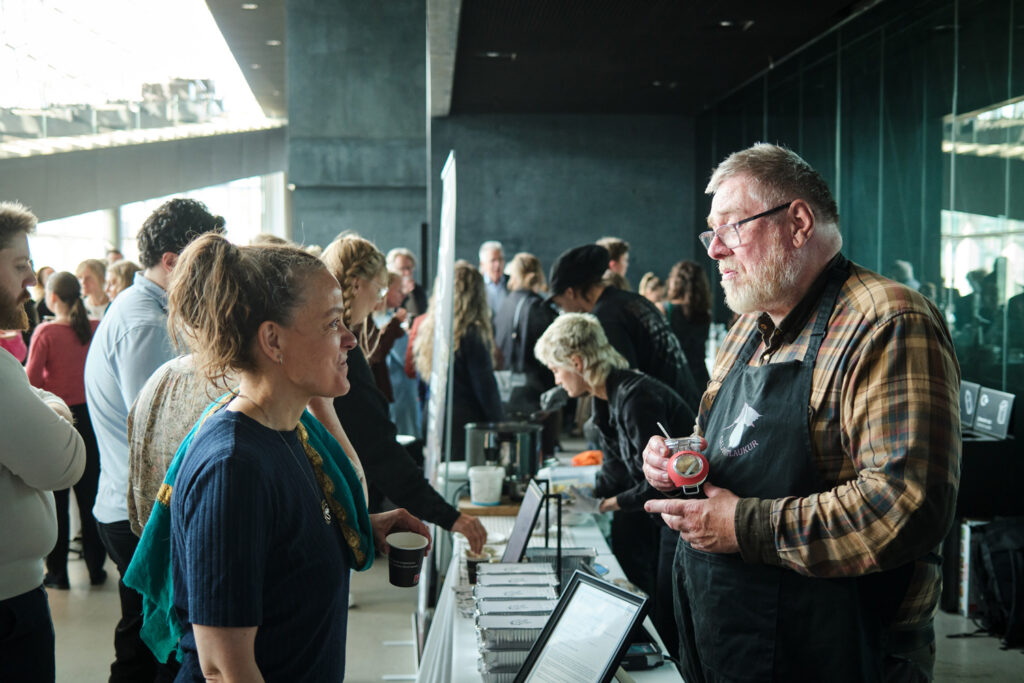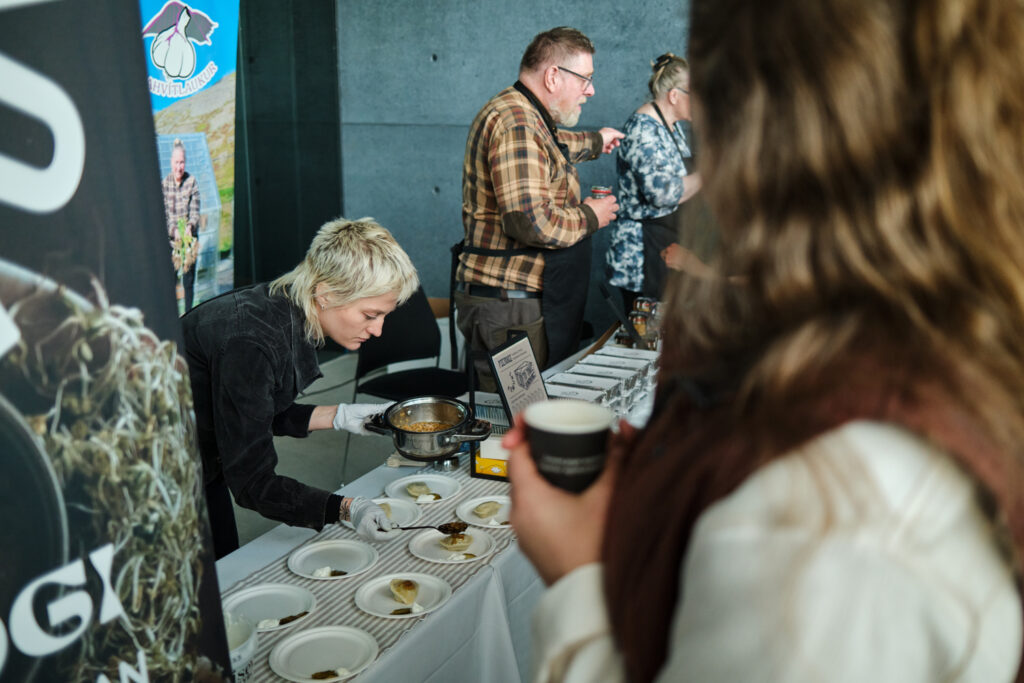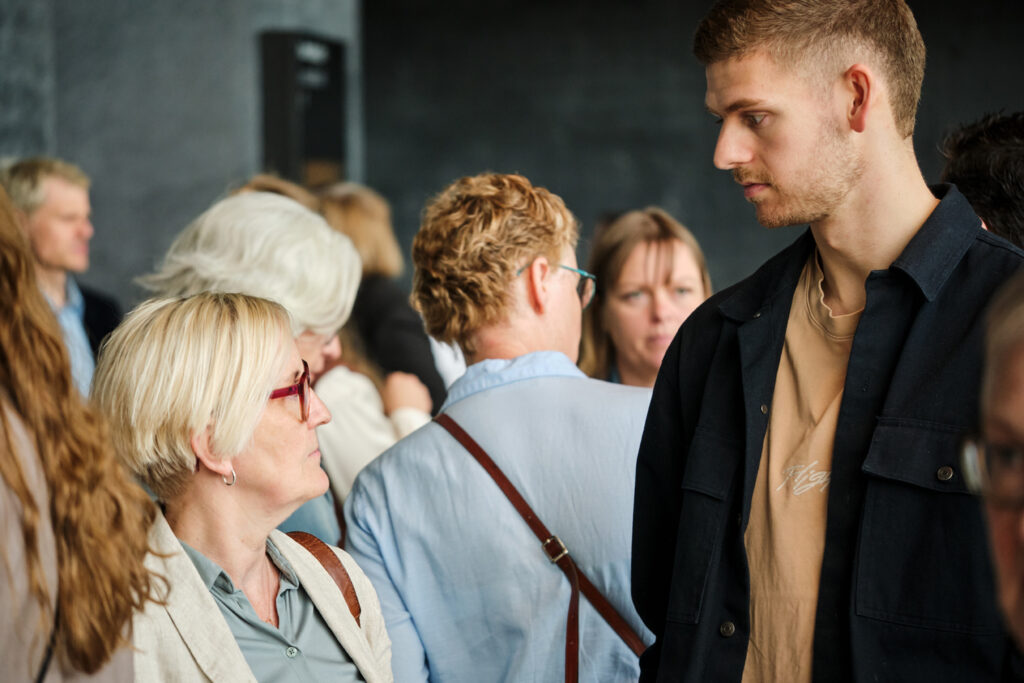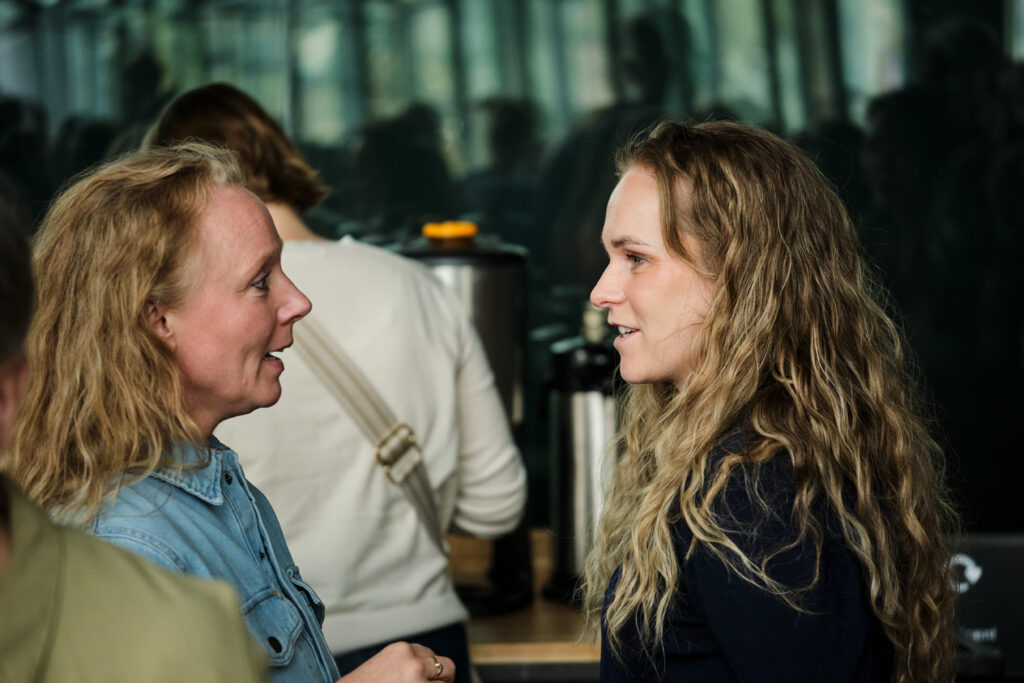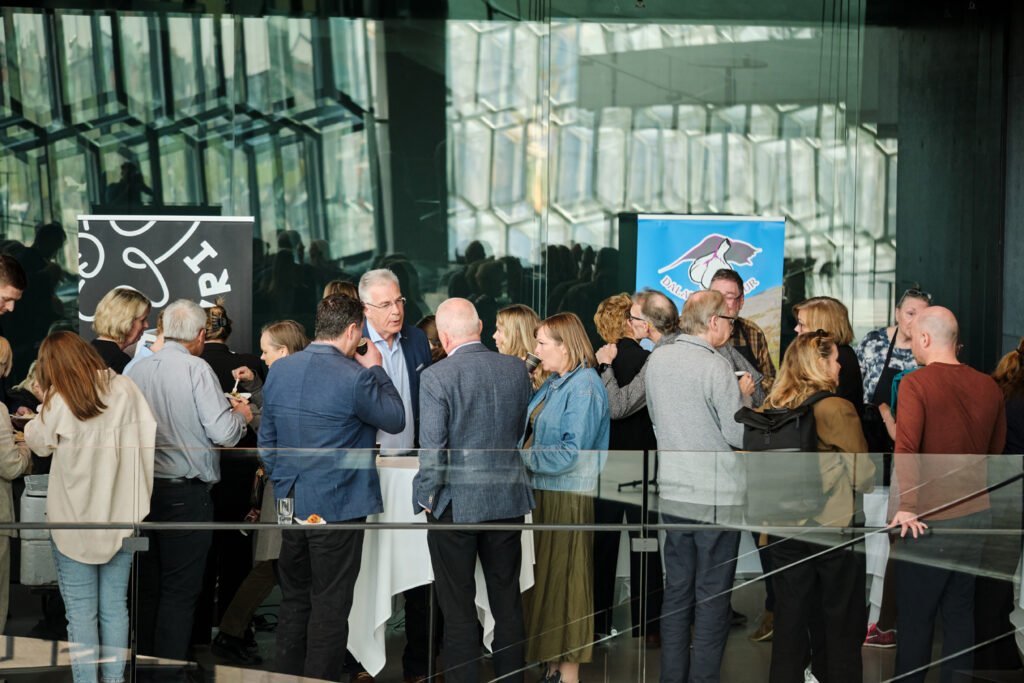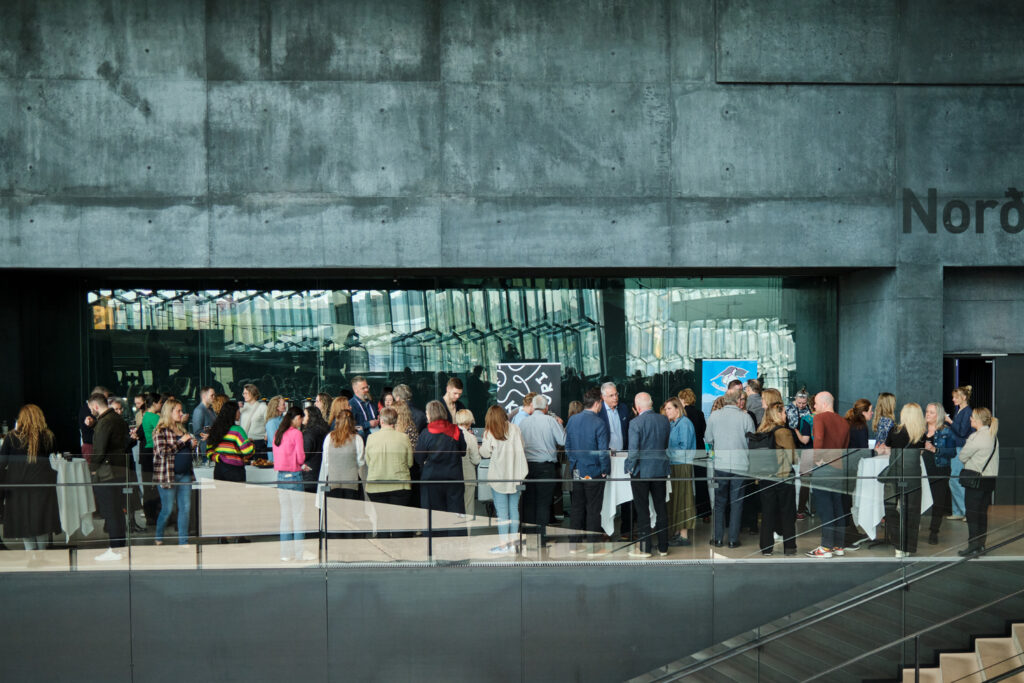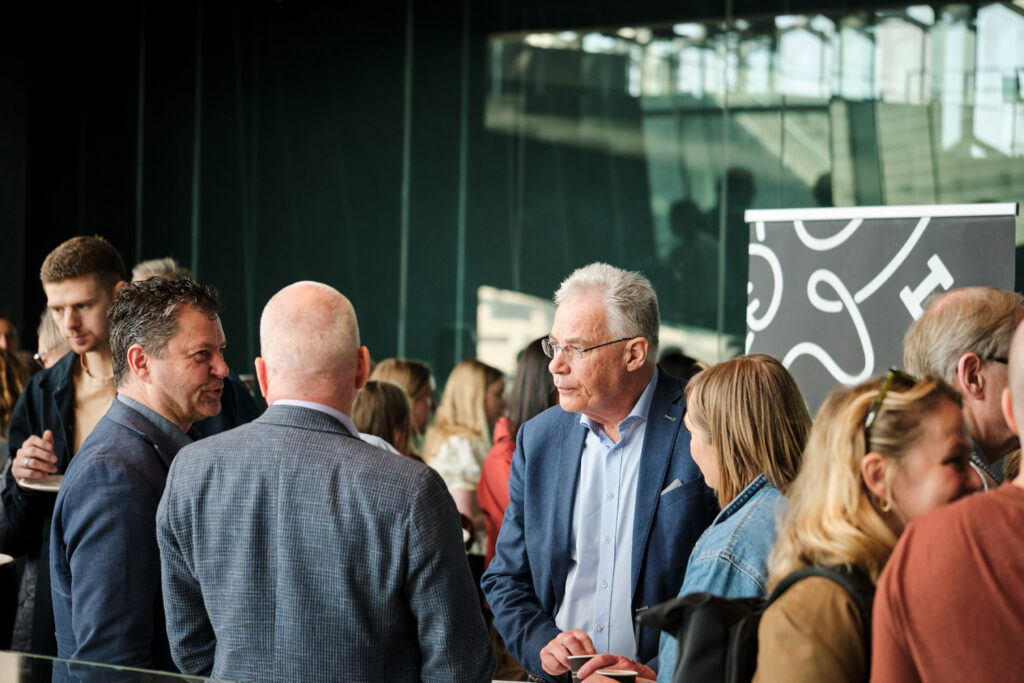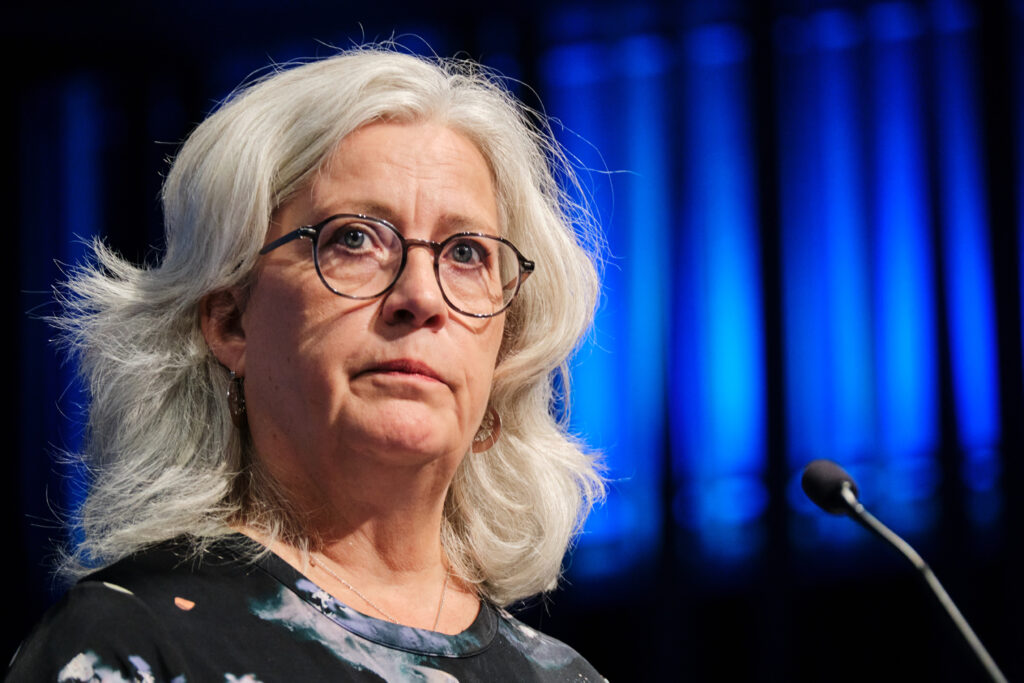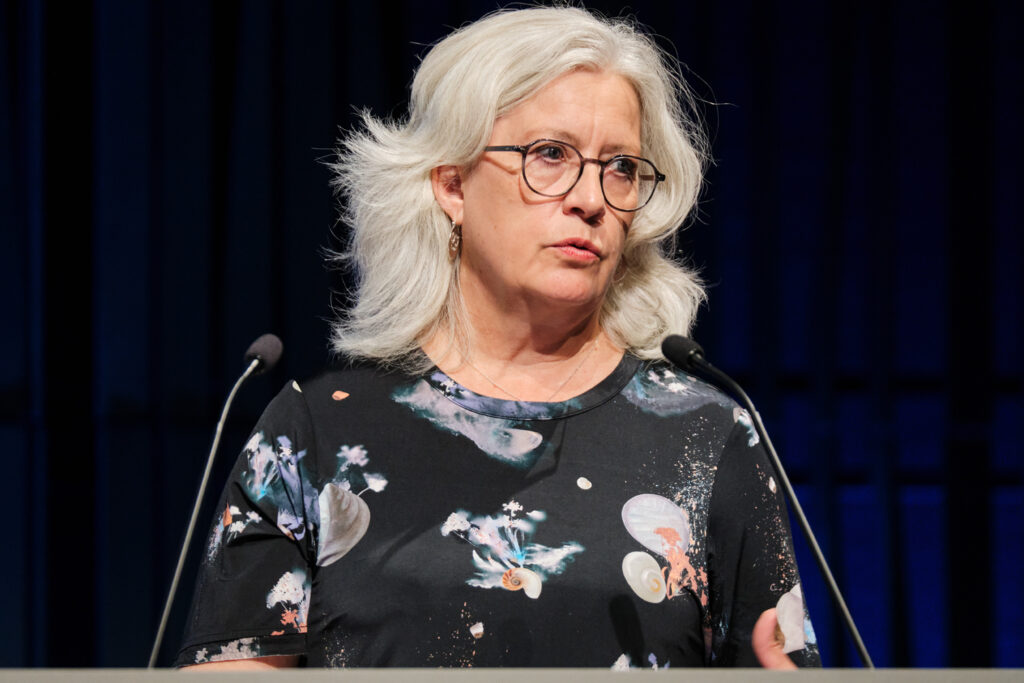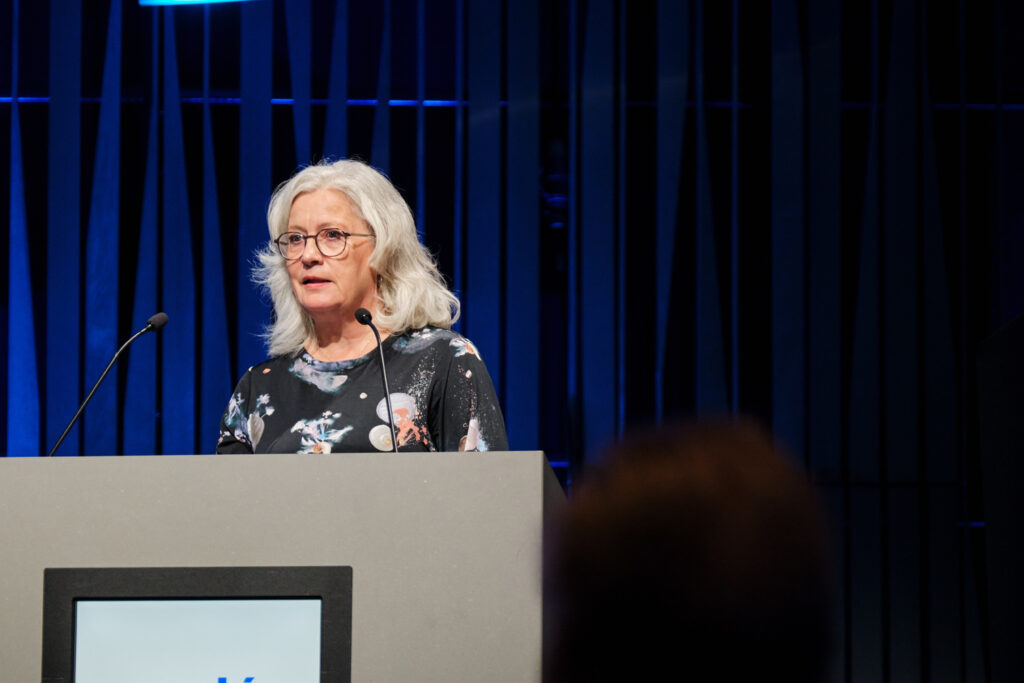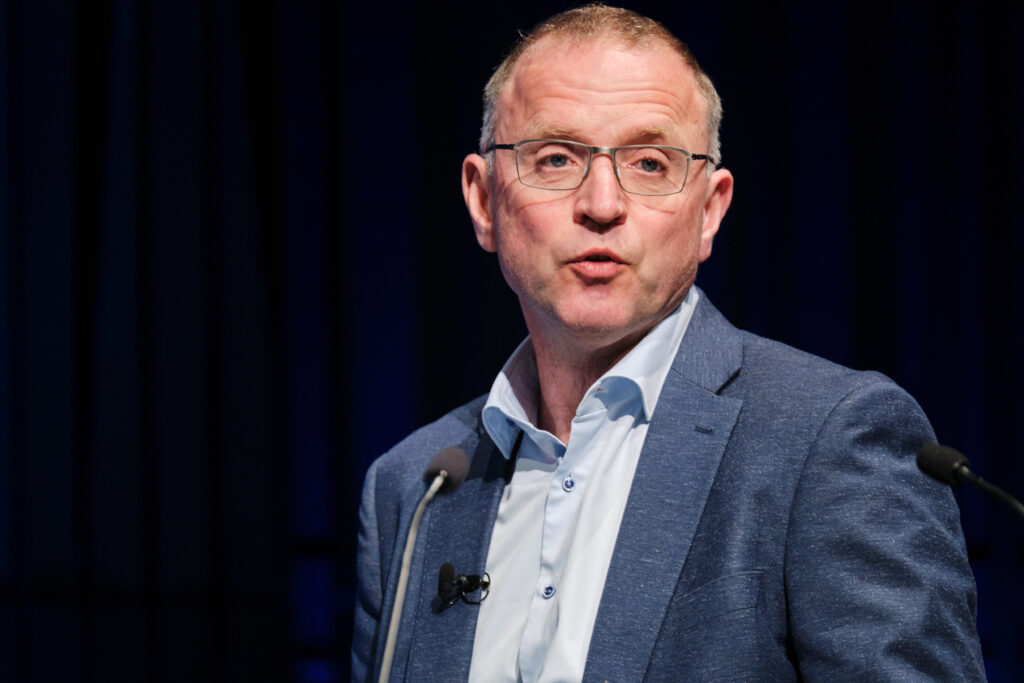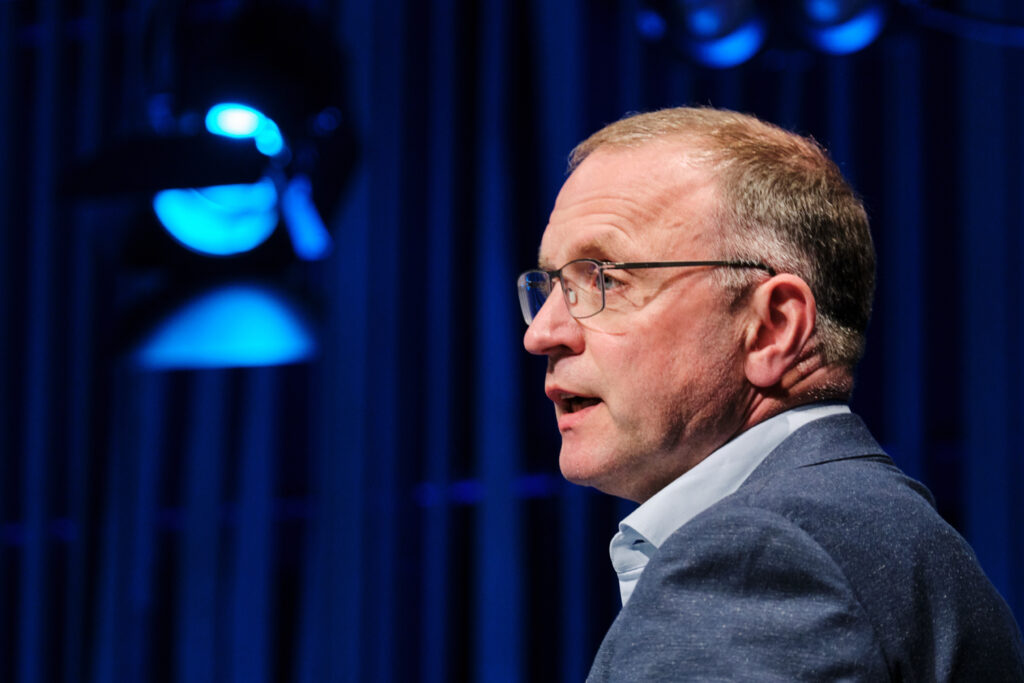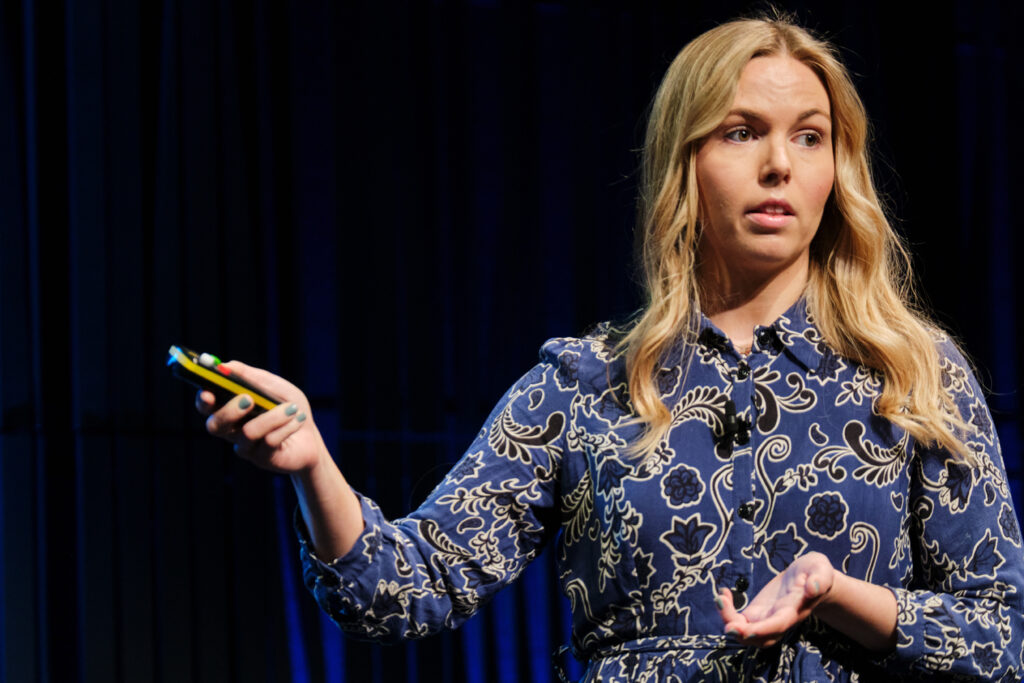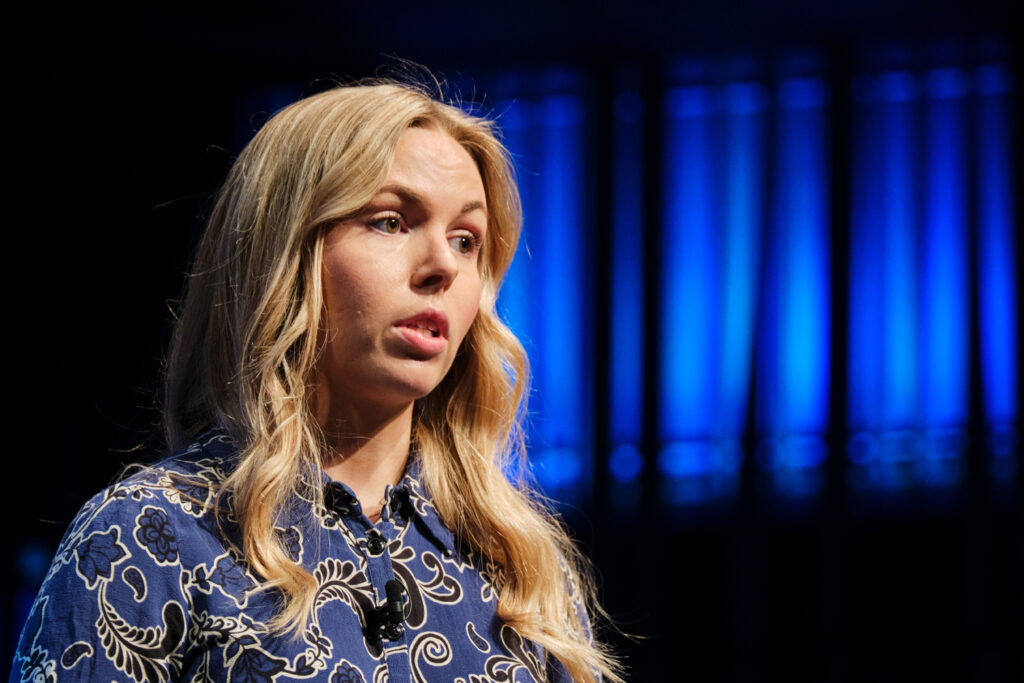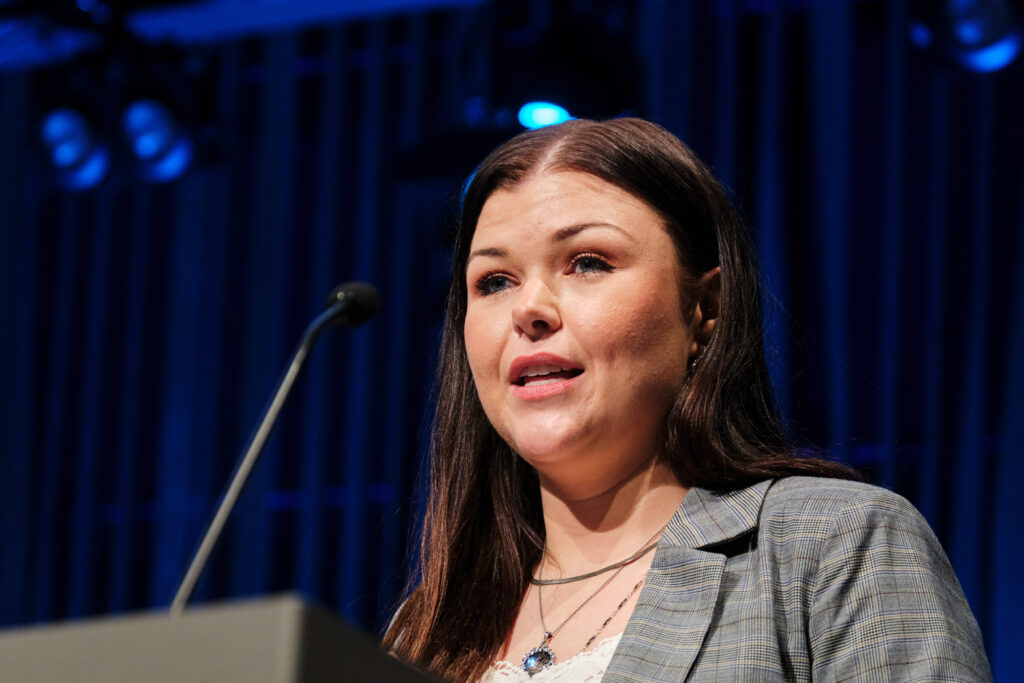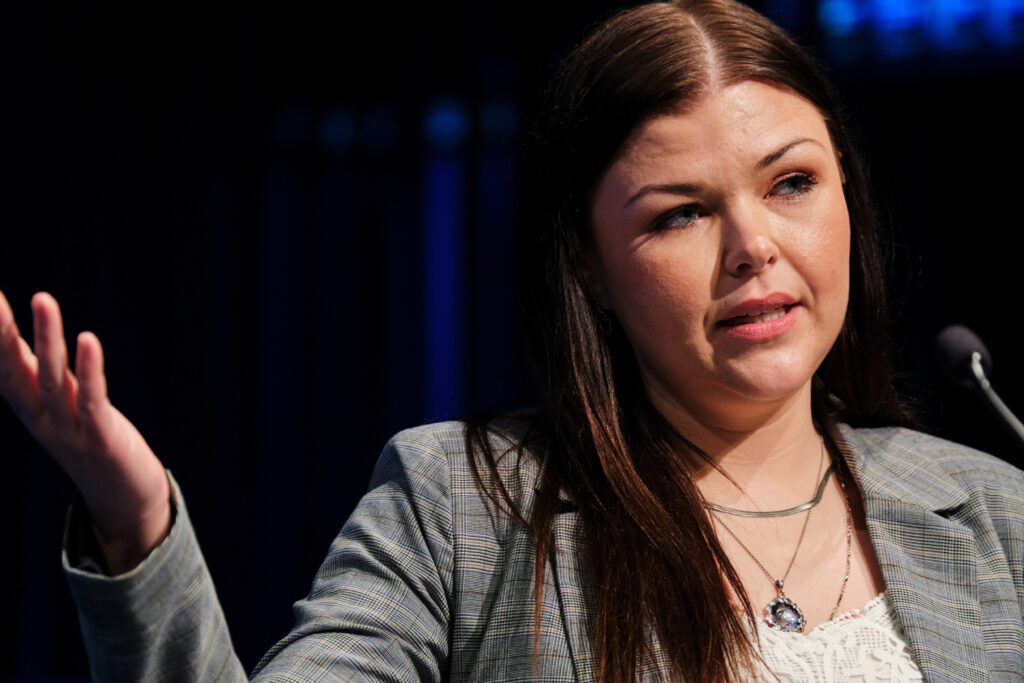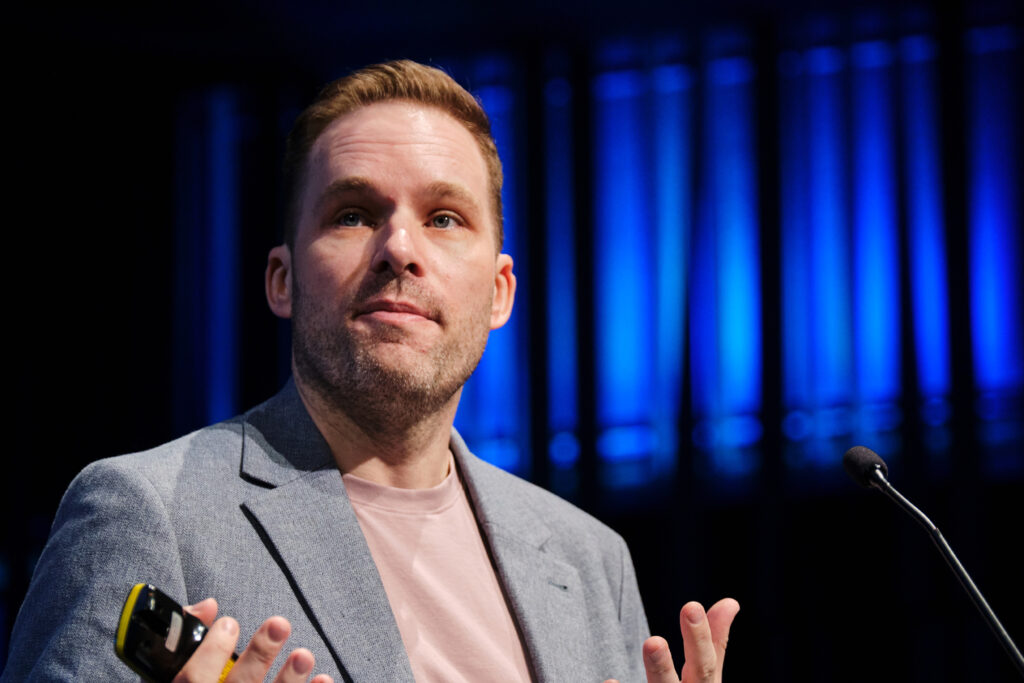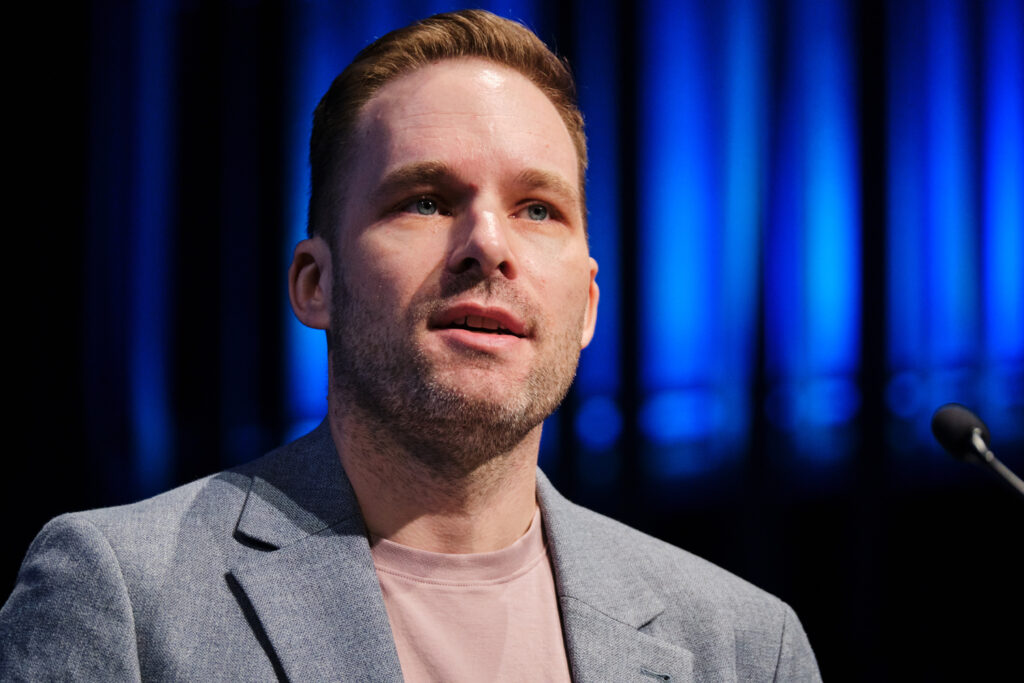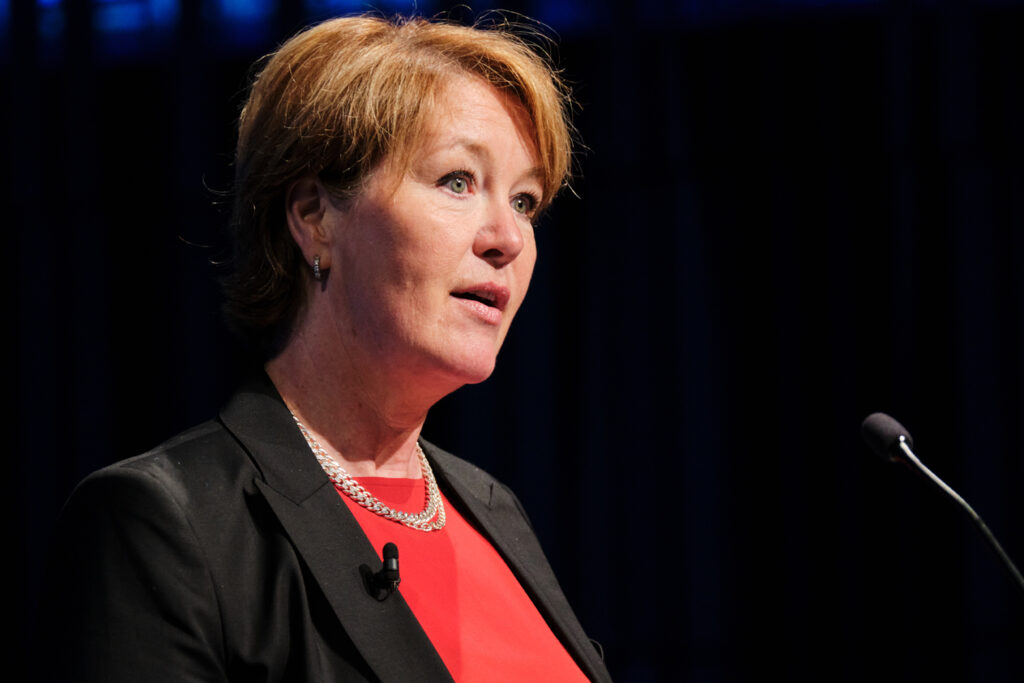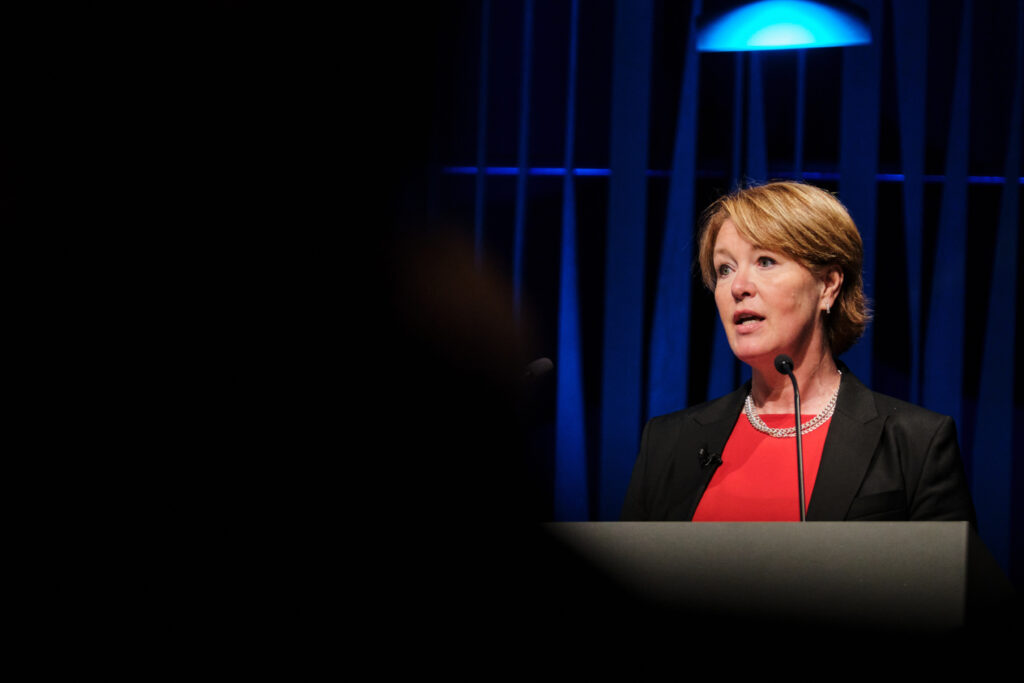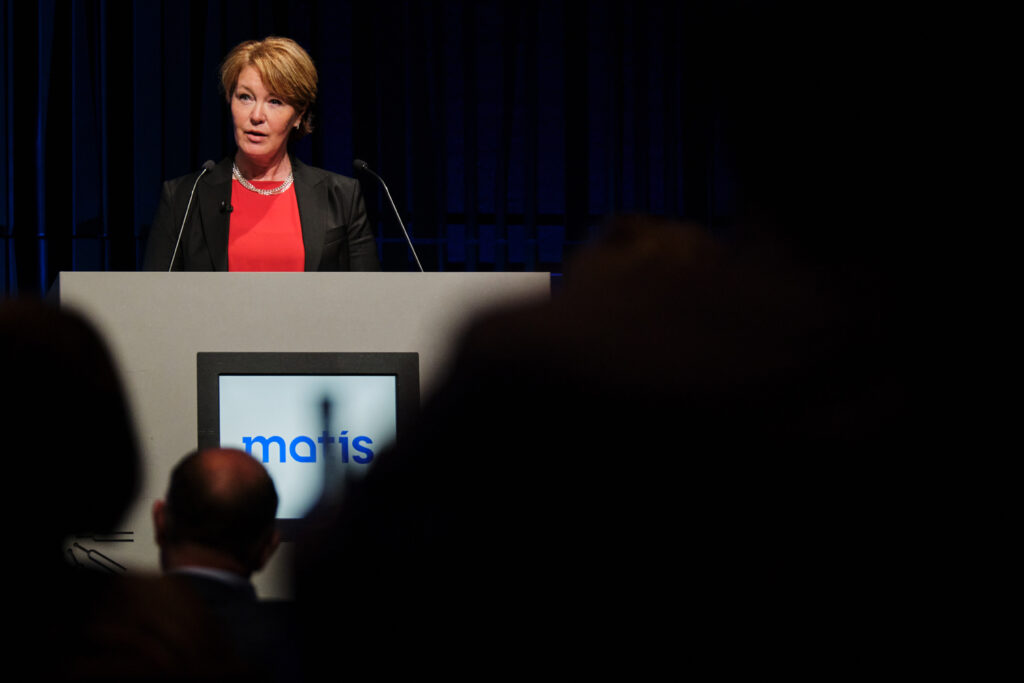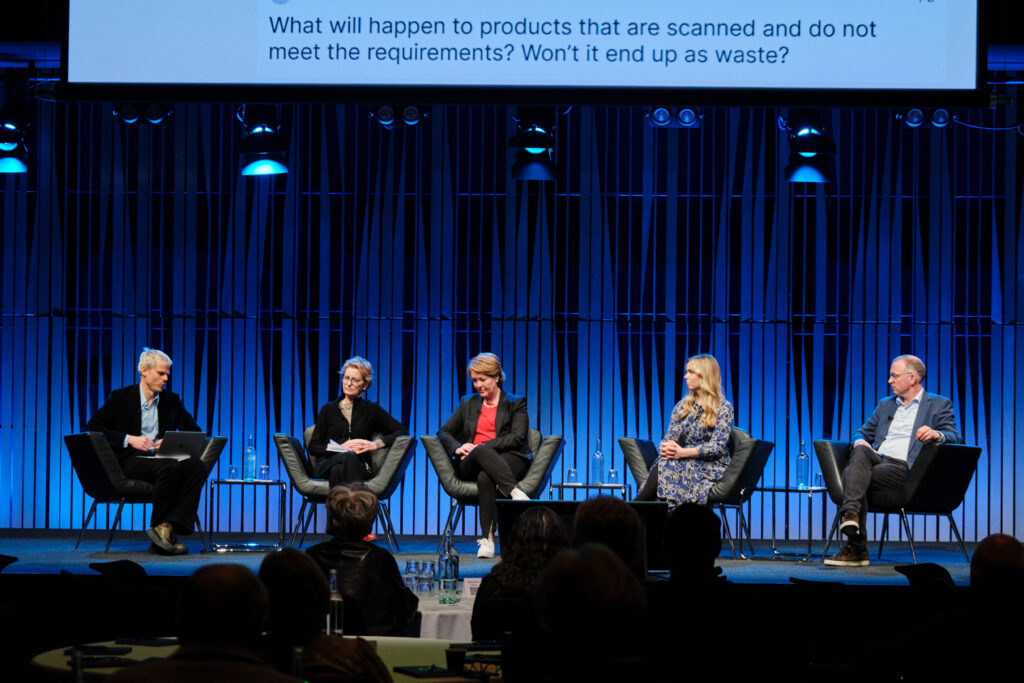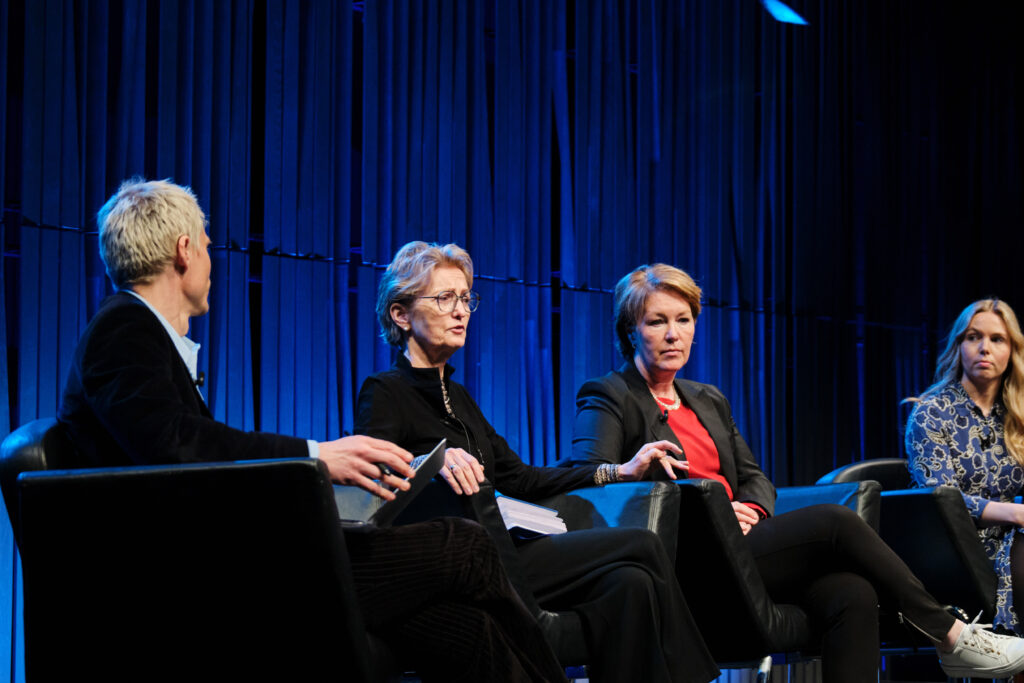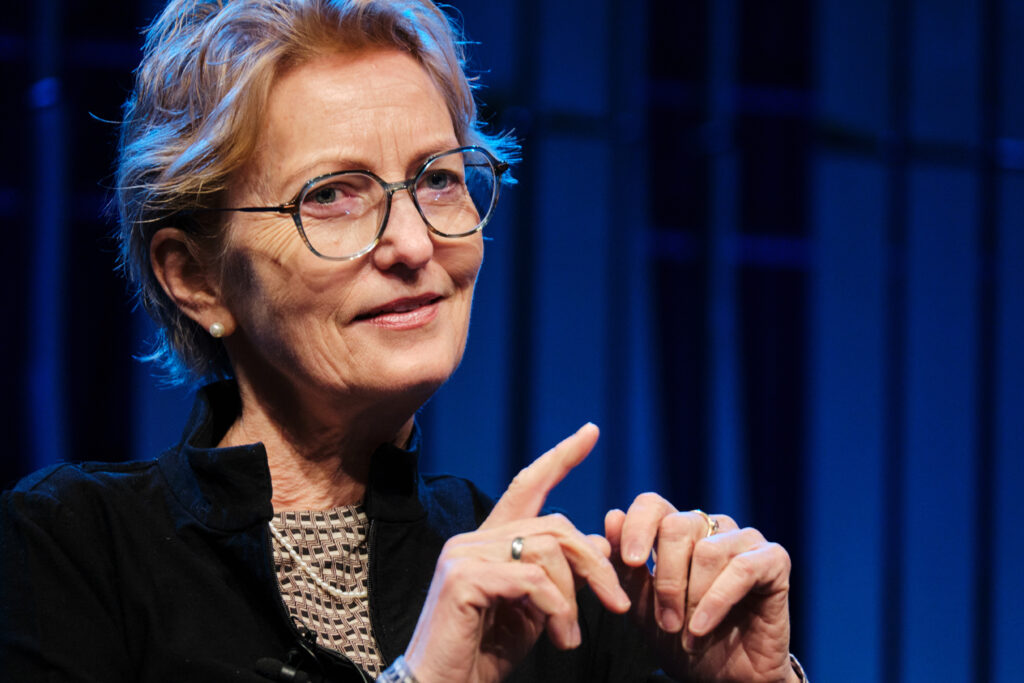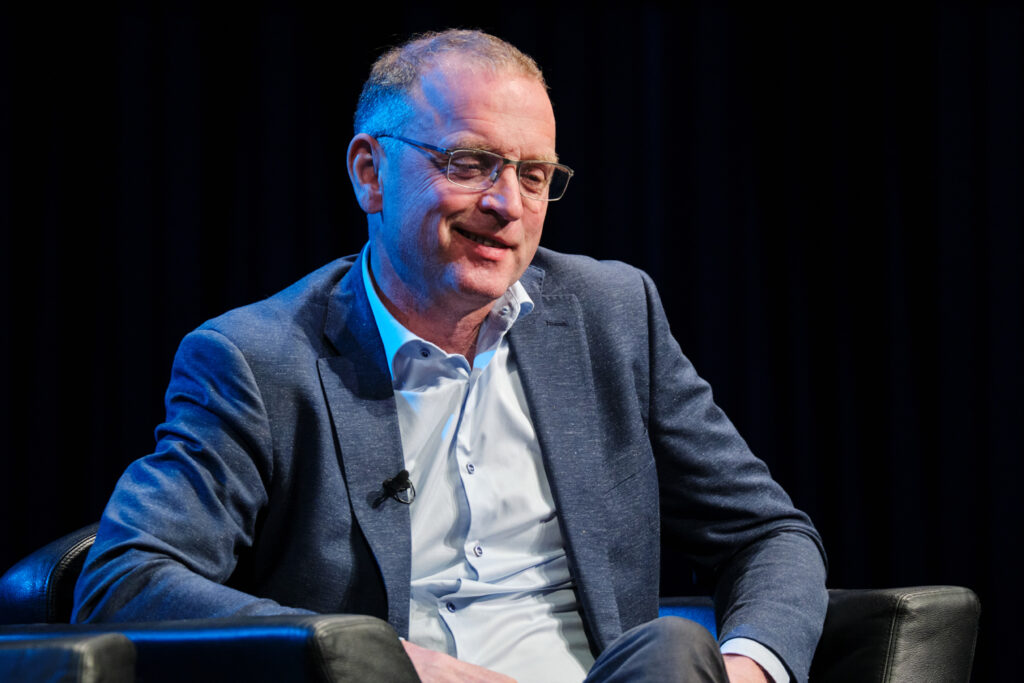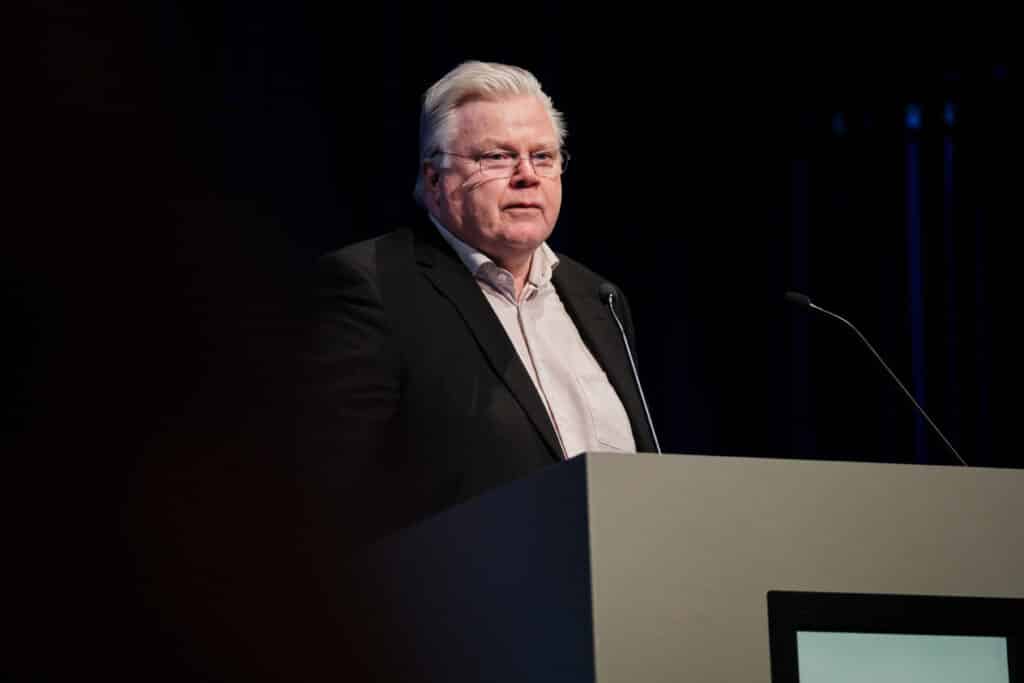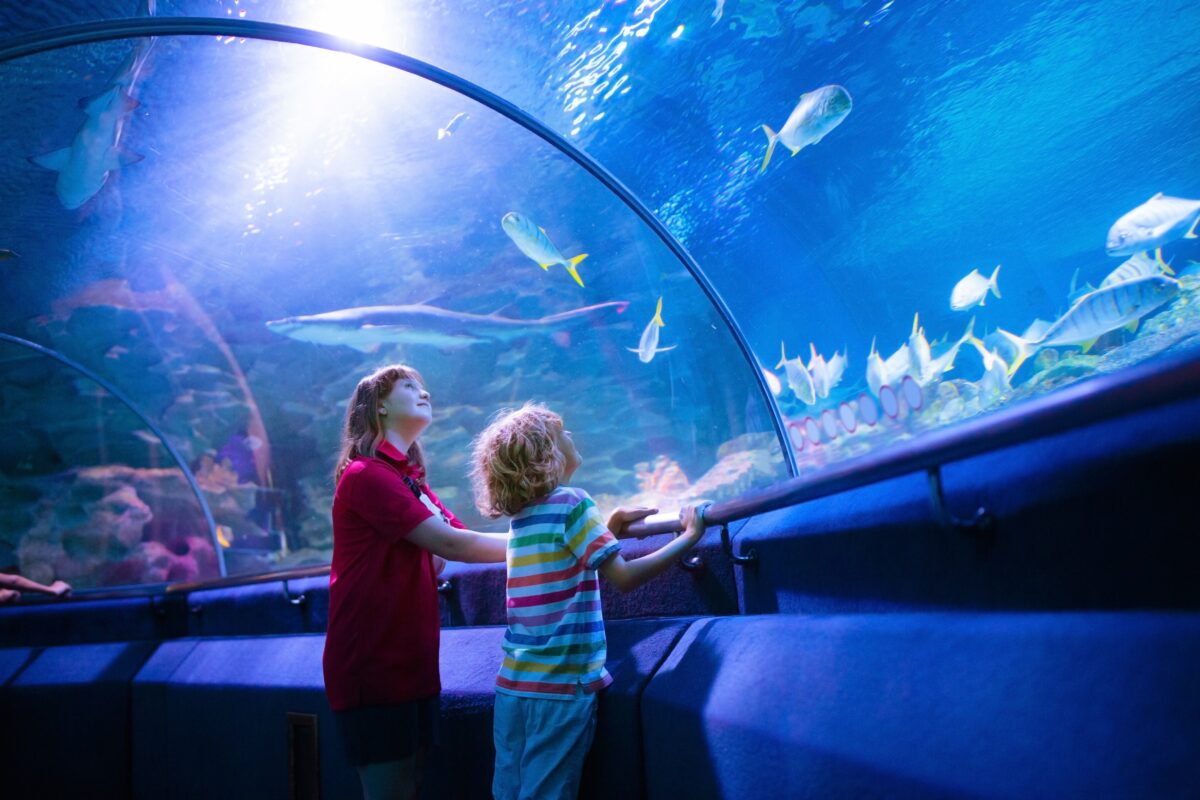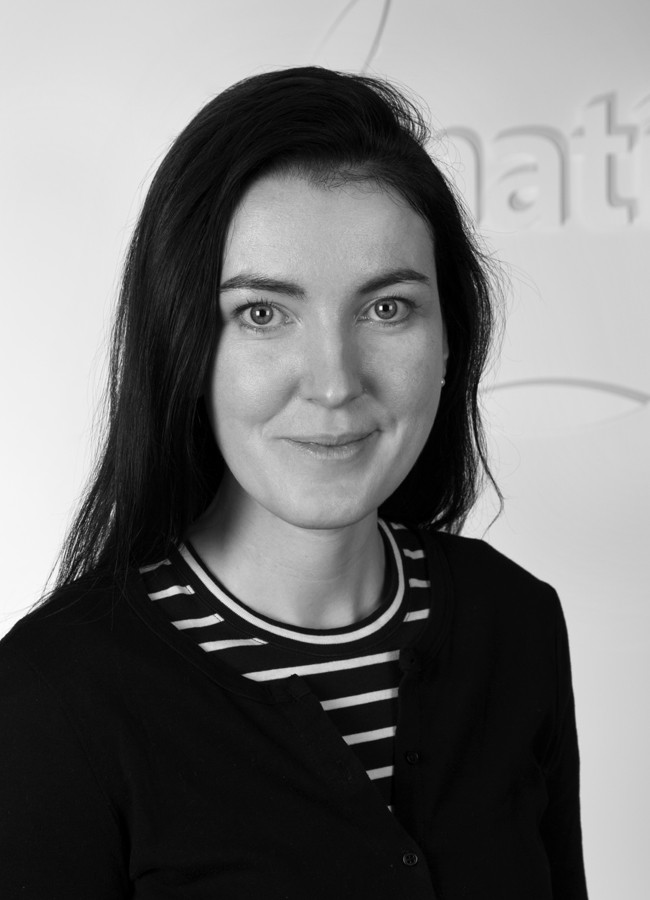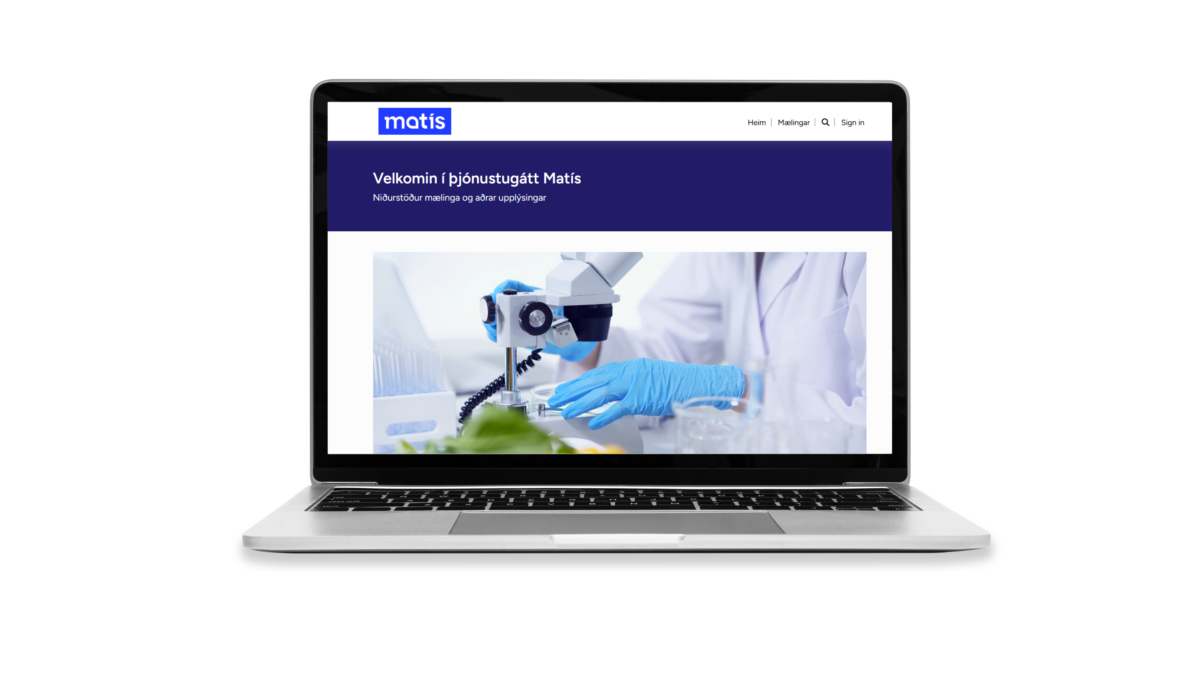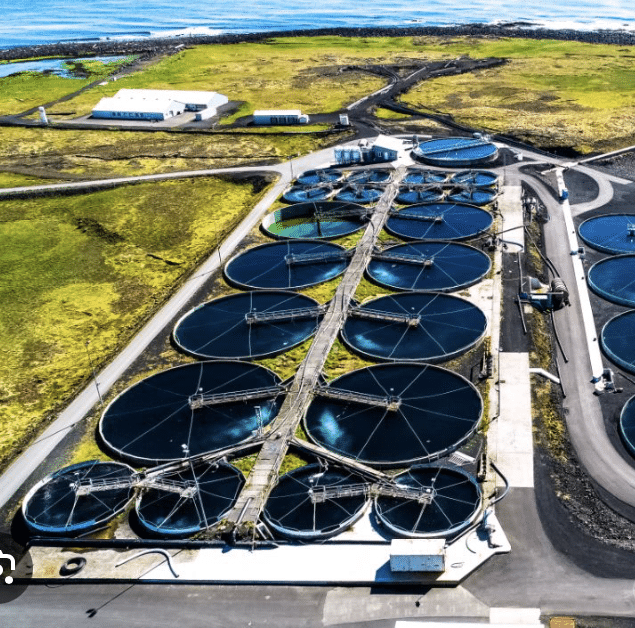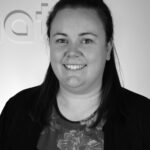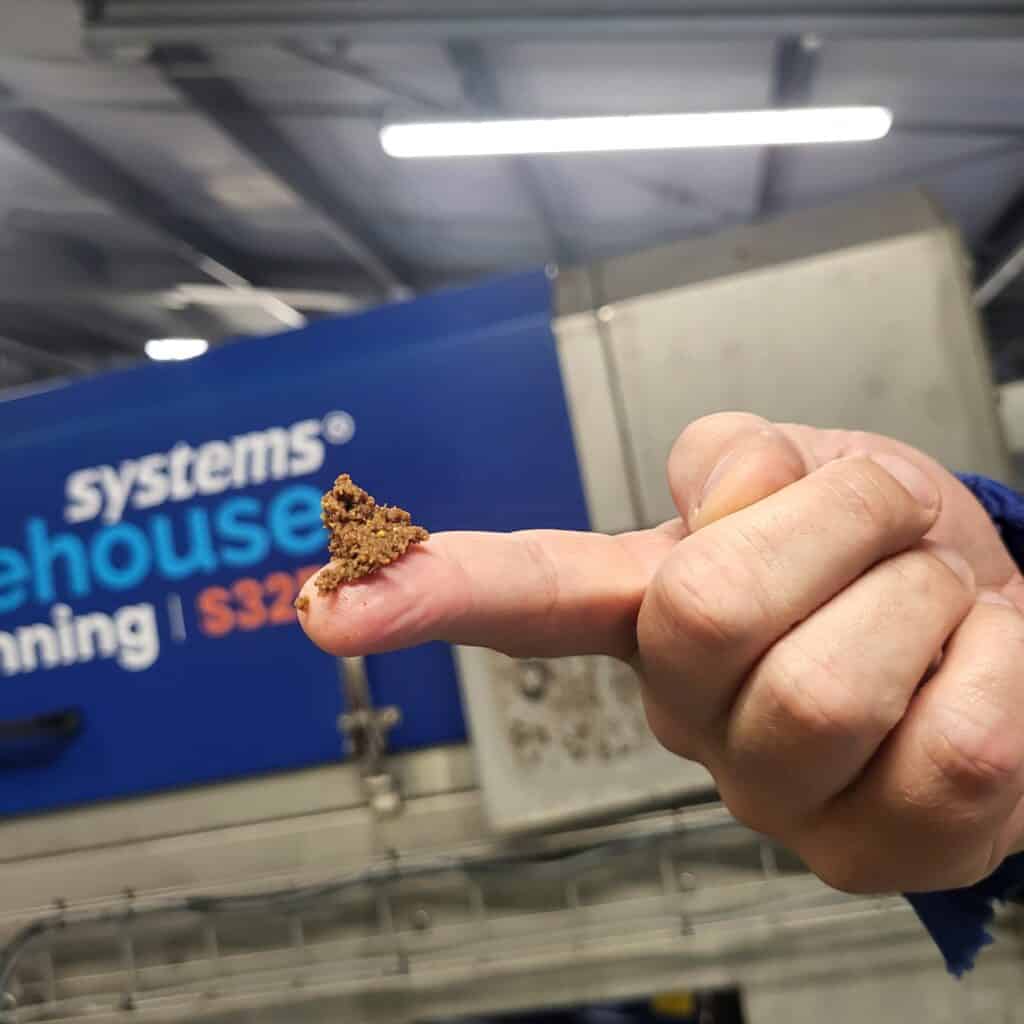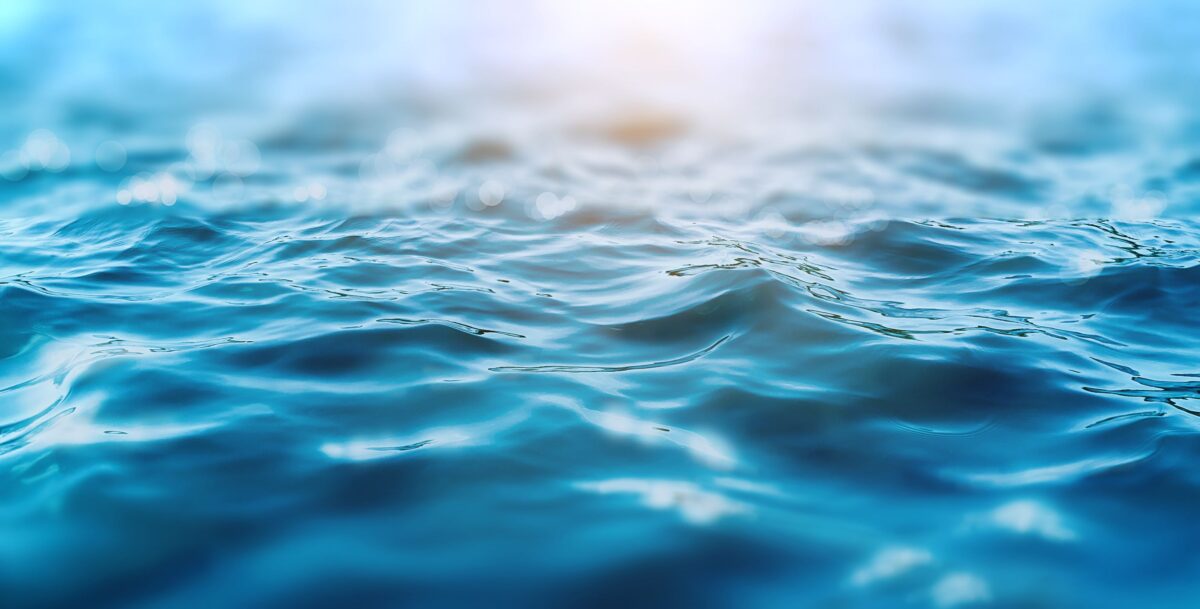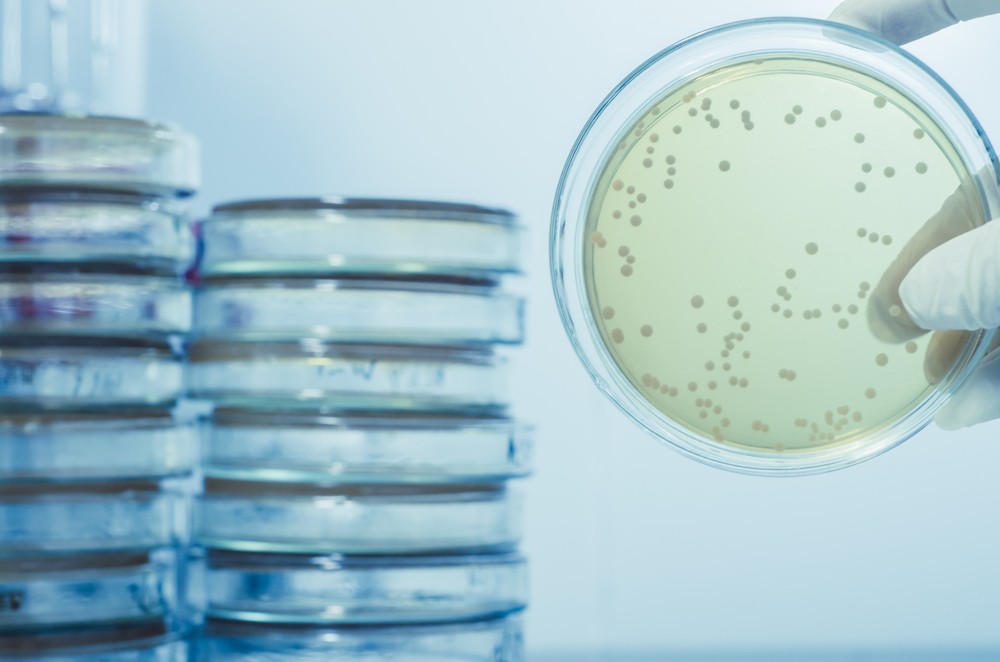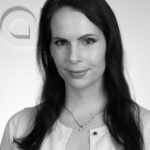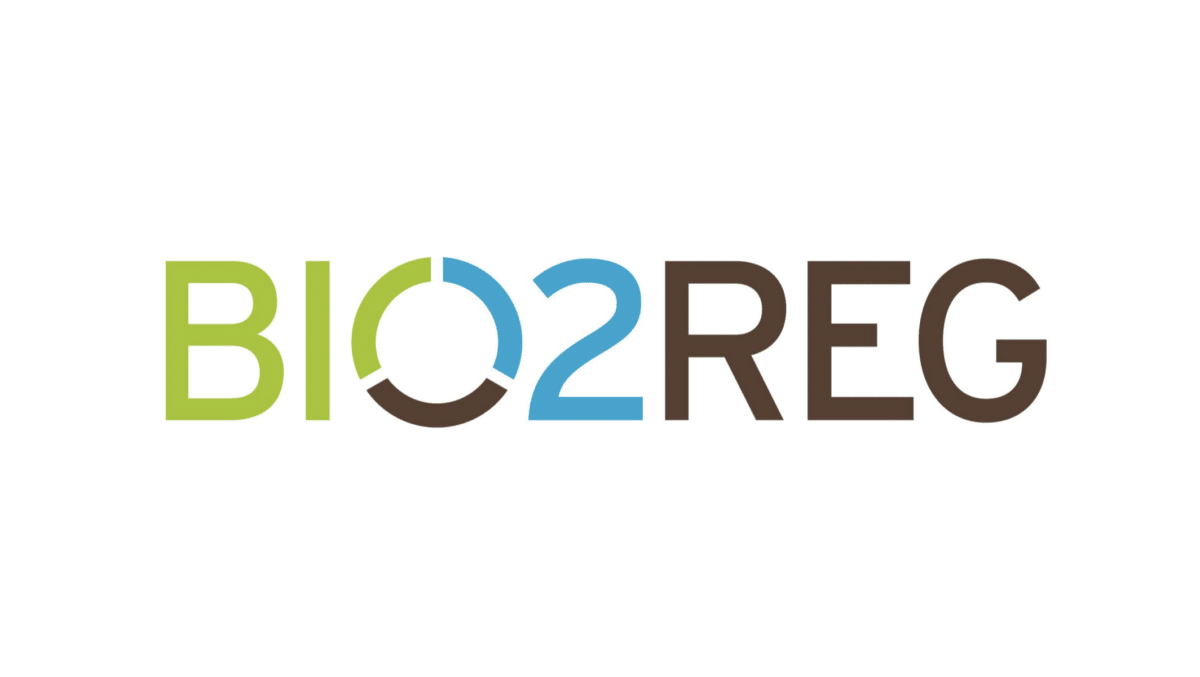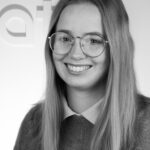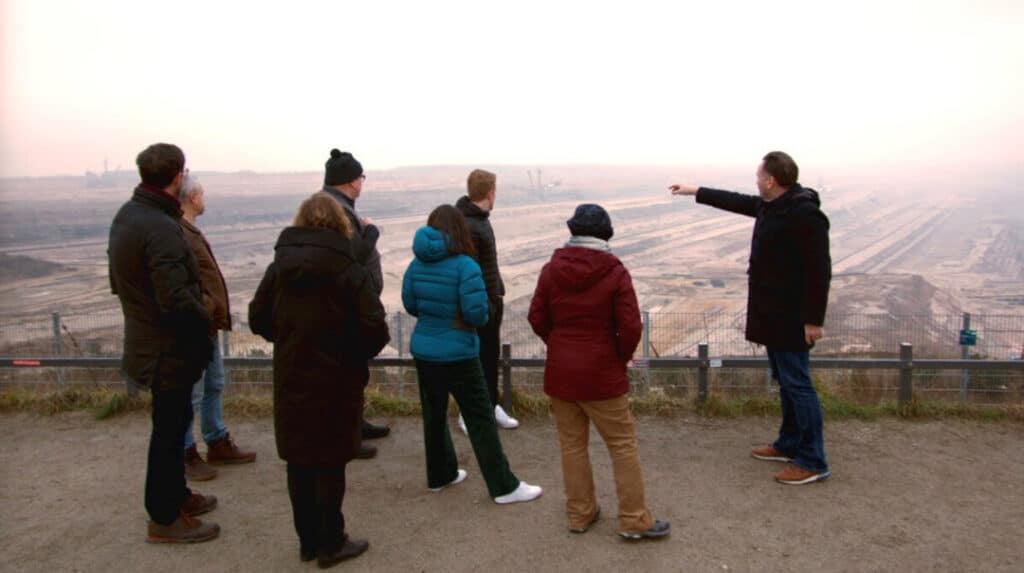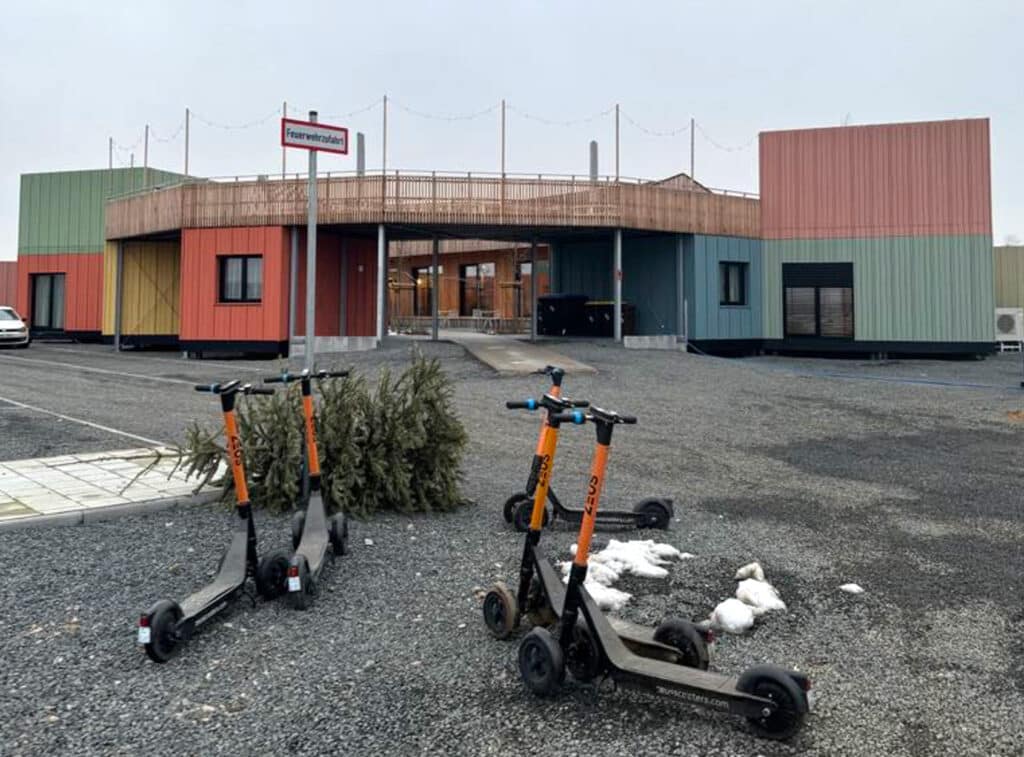Children's nutrition improved with Icelandic formula and teacher training at Bandari School
Children and women in Africa are most at risk of malnutrition with serious consequences. One type of malnutrition is caused by a lack of vitamins and minerals that are essential for the body to function efficiently
It is important to respond to this and the aim of the project “VAXA ACTION Impact Nutrition Program in Tanzania” is to support improved nutrition and education on nutrition and hygiene. The Sustainable Development Goals Partnership Funds supports the project.
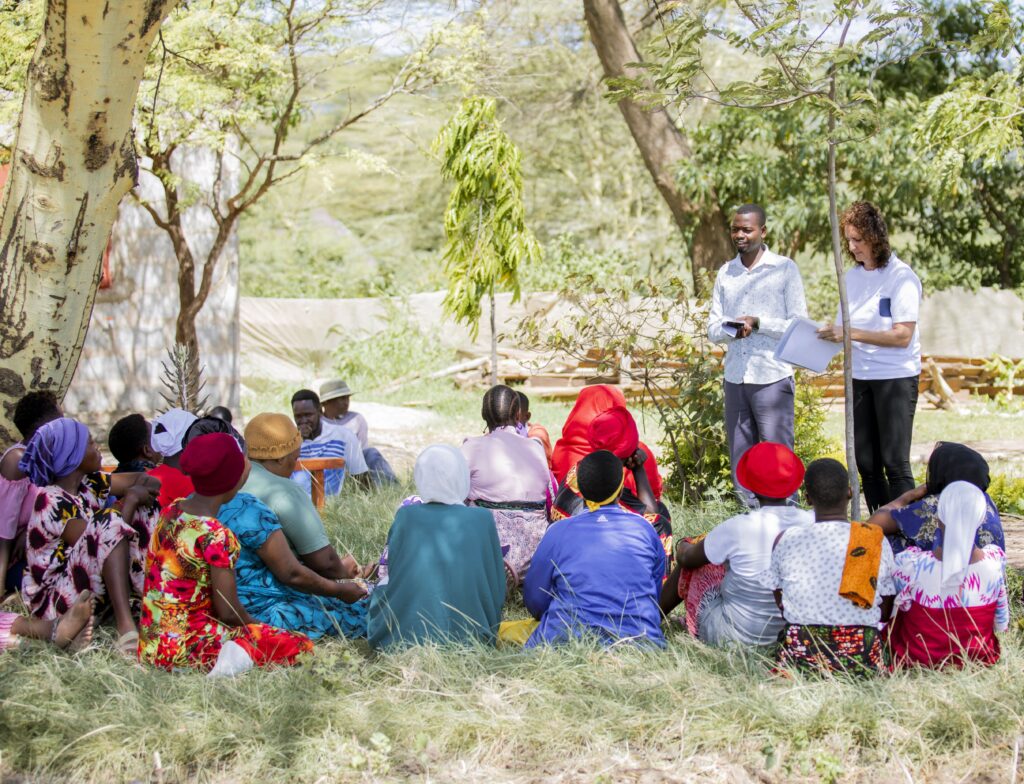
The project „VAXA ACTION Impact Nutrition Program in Tanzania“ is led by VAXA Technologies Iceland, which has developed a vitamin and mineral-rich blend from Icelandic Ultra Spirulina, which is intended to be tested and used to improve the nutritional status of children at the Bandari School in Mto wa Mbu. The project is carried out in collaboration with Matís, which has adapted teaching materials on hygiene and nutrition to circumstances and needs of supervisors and teachers at Bandari School. The project is also being carried out in collaboration with Óskar Örn Óskarsson, a pediatrician, who will monitor the effects on health and well-being of the children during the project.
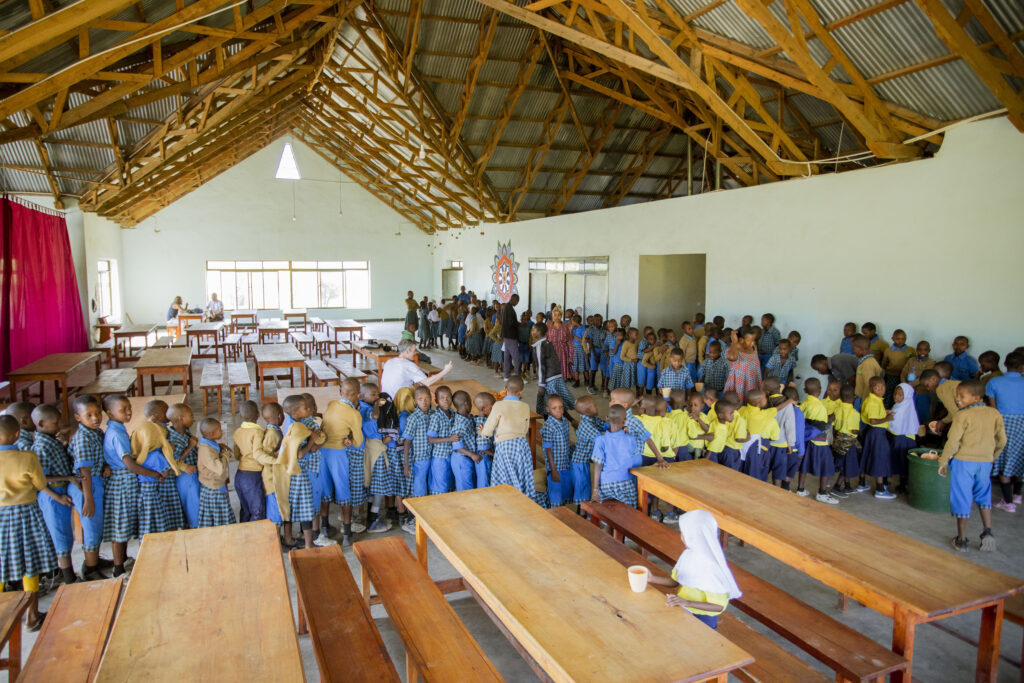
In end of February 2025, partners from VAXA Technologies Iceland, Matís and Óskar, visited the school in Mto wa Mbu with the aim of getting to know Bandari School better and conducting measurements to assess the health and well-being of children at the school aged 6-12, as well as educating and training Bandari School staff on nutrition and hygiene.
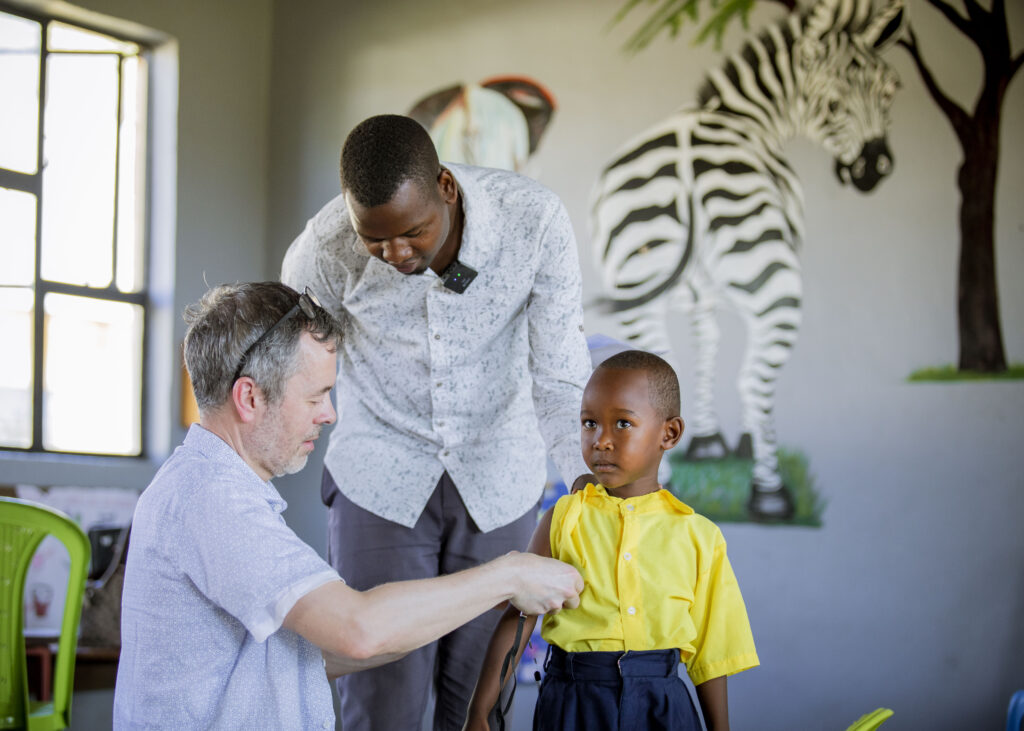
The project partner in Tanzania is The Bandari Project (a non-profit organization) who are already working to break the cycle of poverty by providing educational opportunities to impoverished children and women in Mto wa Mbu, Tanzania. Students at Bandari School are children from some of the most disadvantaged families in the region, and very often the meals the children receive at the school are the only nutrition they receive. Therefore, it is very important that the meals are as nutritious as possible and a project like VAXA ACTION Impact Nutrition Program in Tanzania is greatly needed.
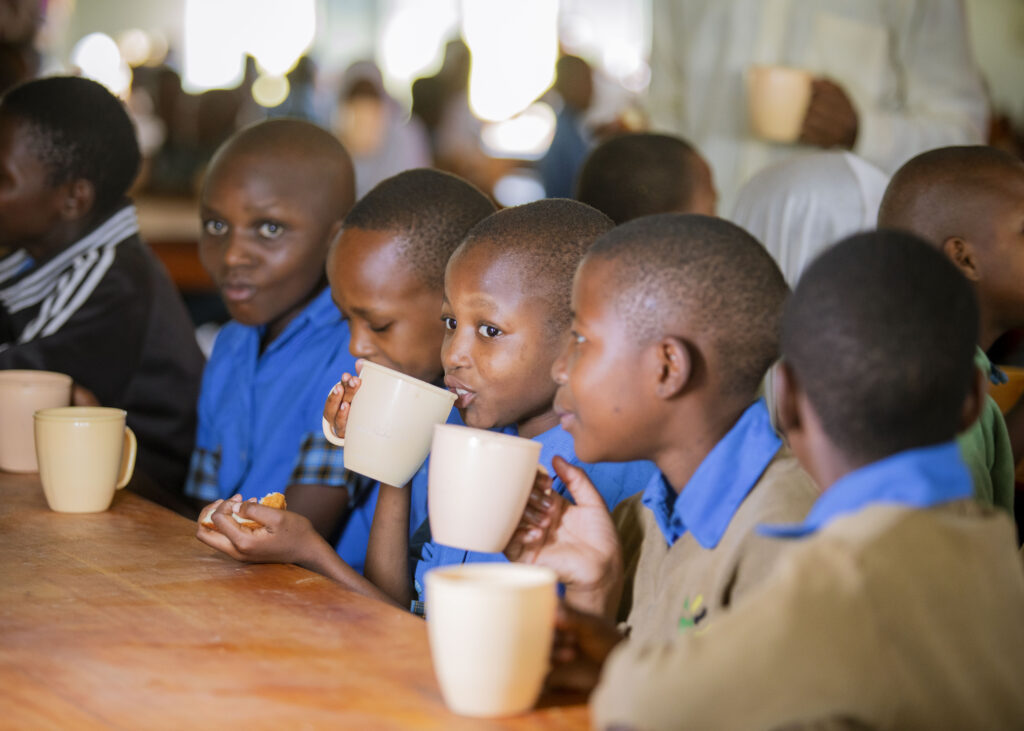
In collaboration with the children´s parents, health personel in Mto wa Mbu, and the staff at Bandari School, the health and well-being of around 150 children was assessed, and six teachers at the school received education and training in the dissemination of nutrition and hygiene.

It was clear that the personel at Bandri School carried out their work with great ambition and dedication. The children at the school were generally very happy and it was clear that there was trust and good relationship between them and the school staff.

